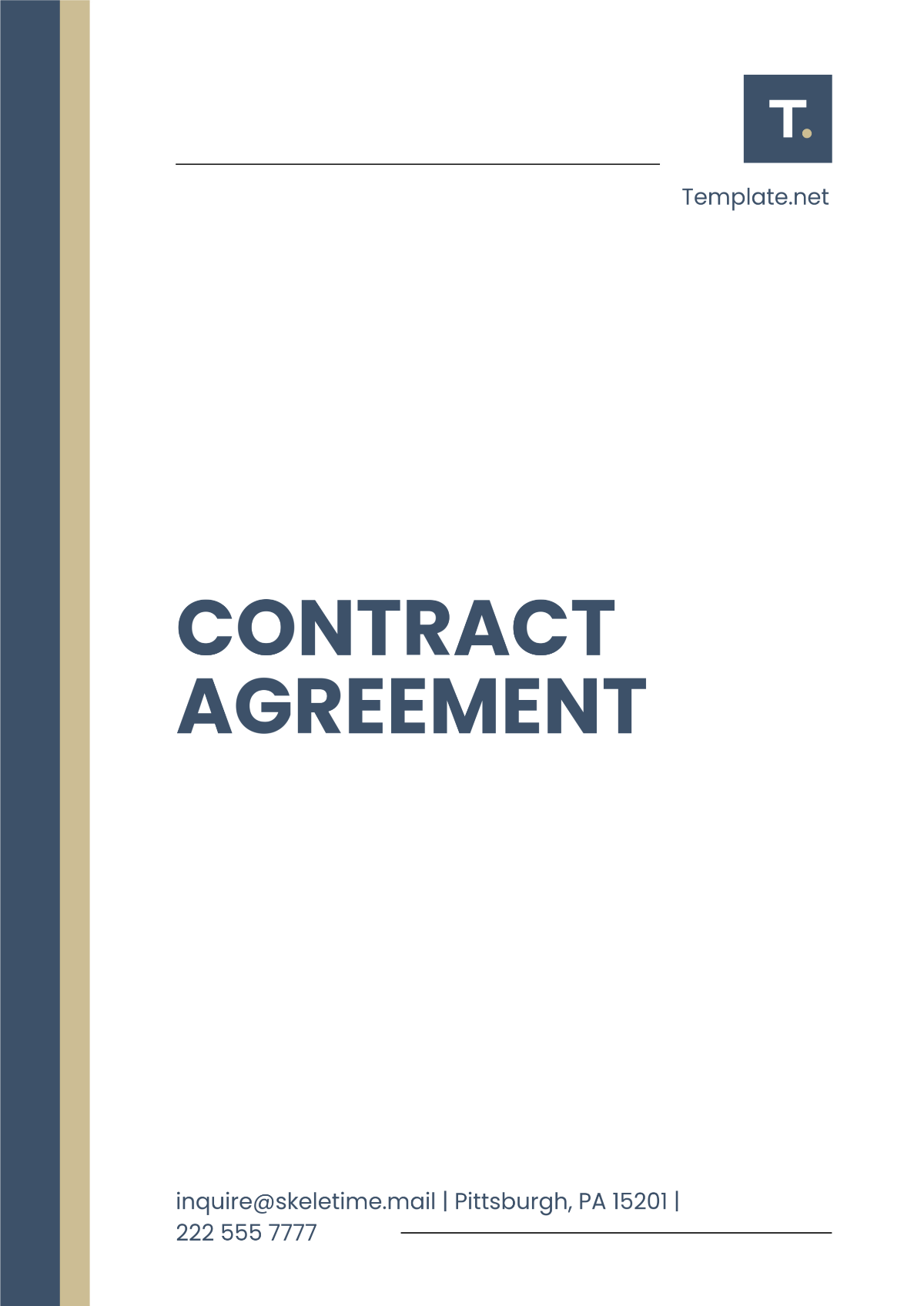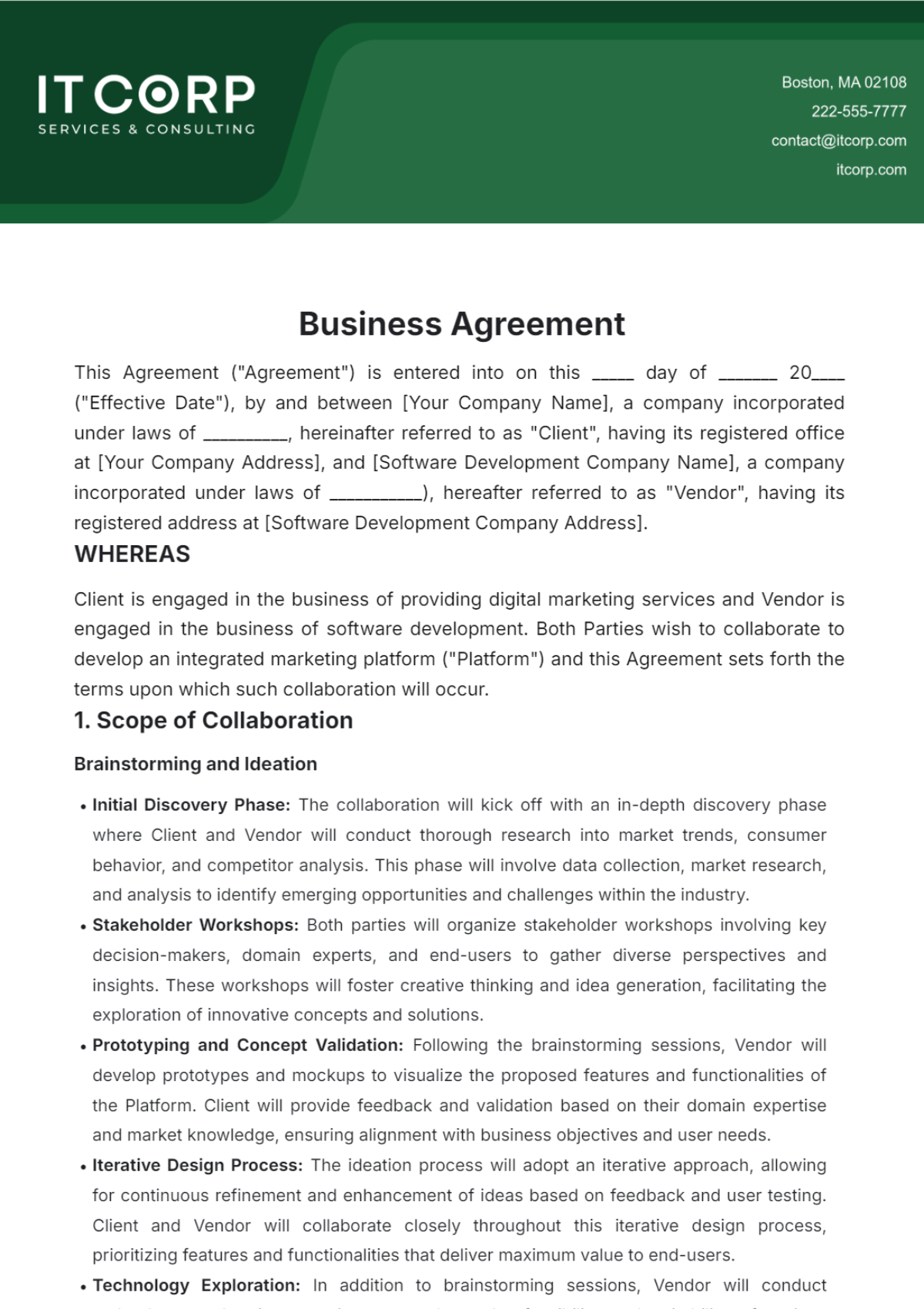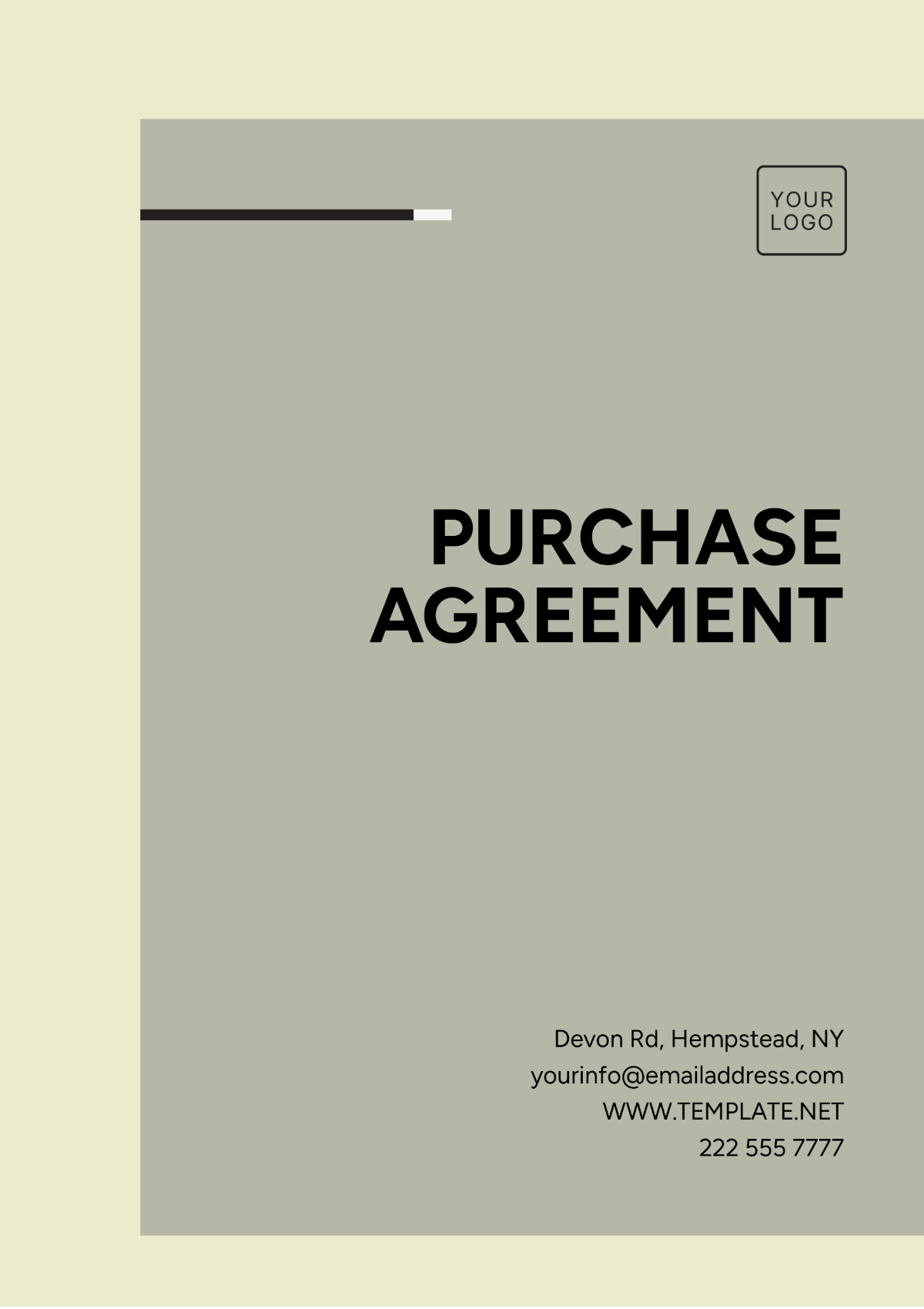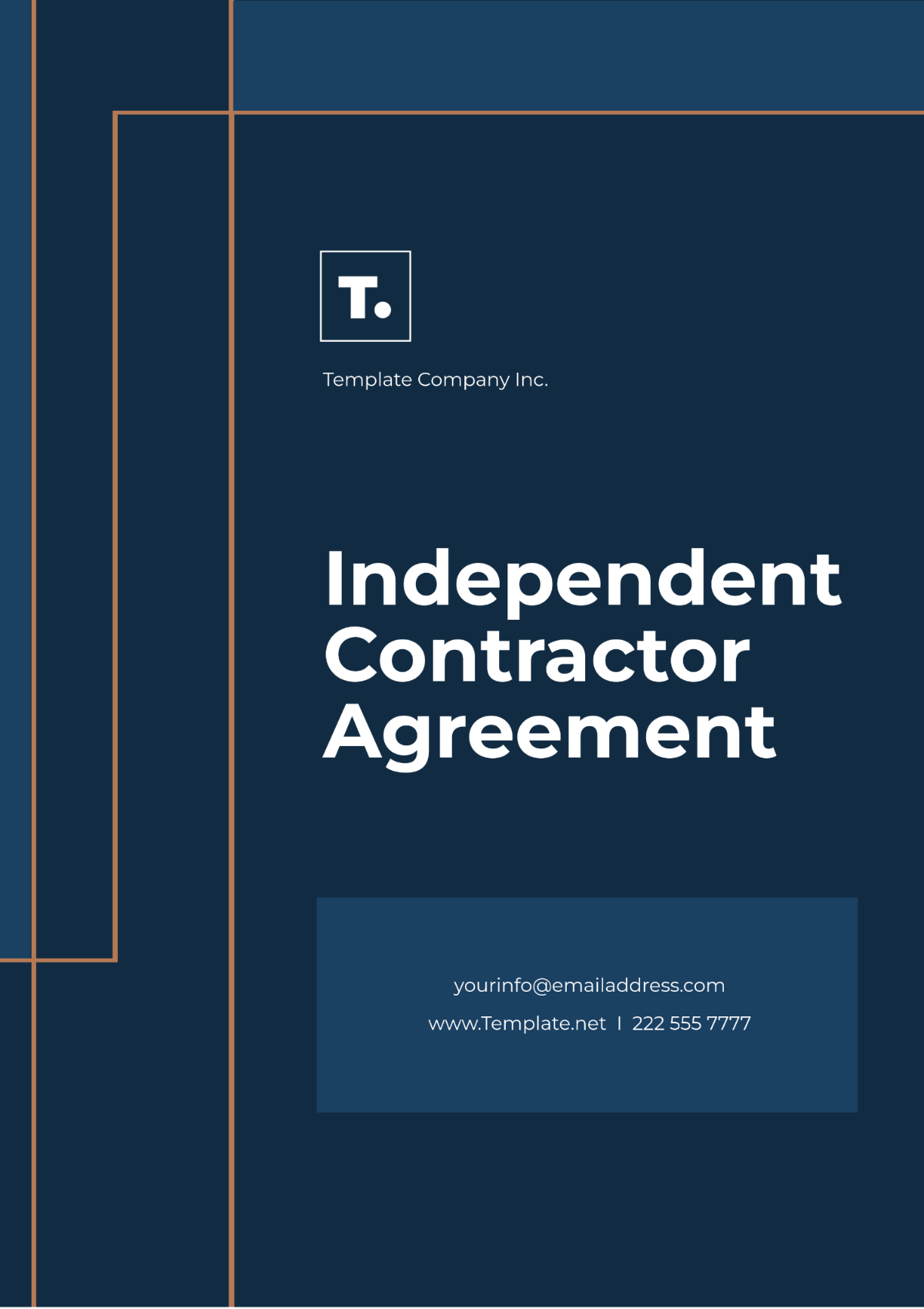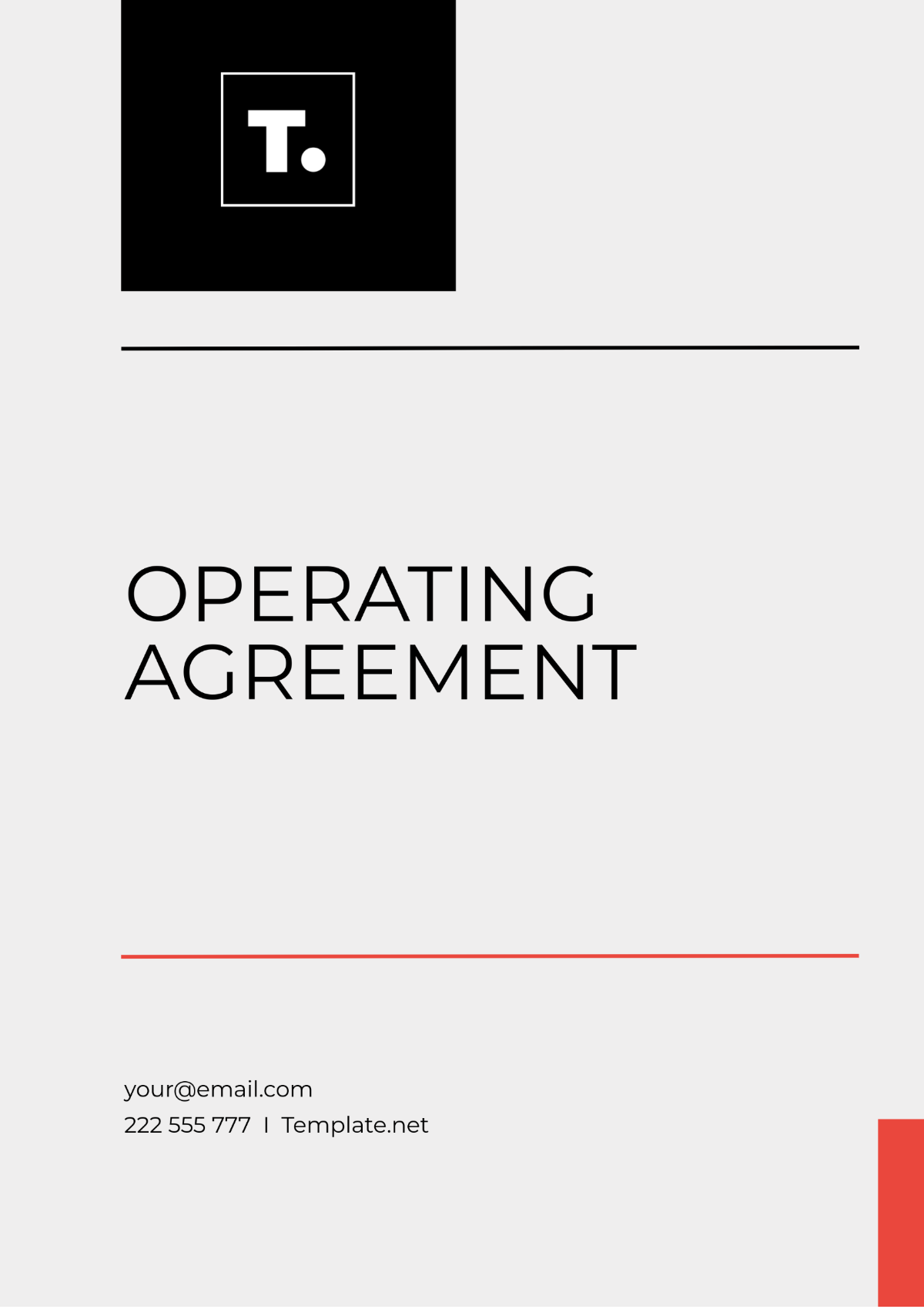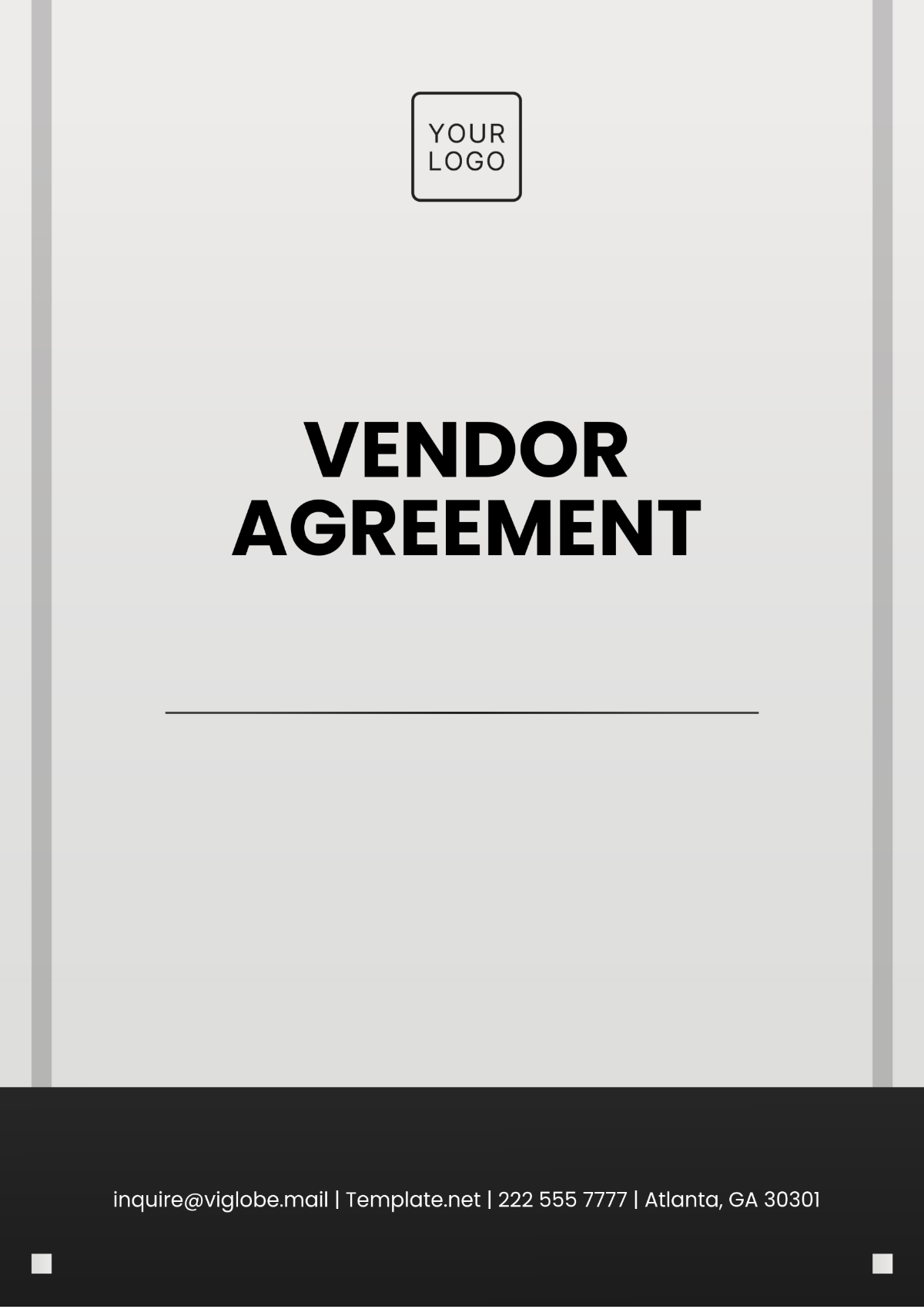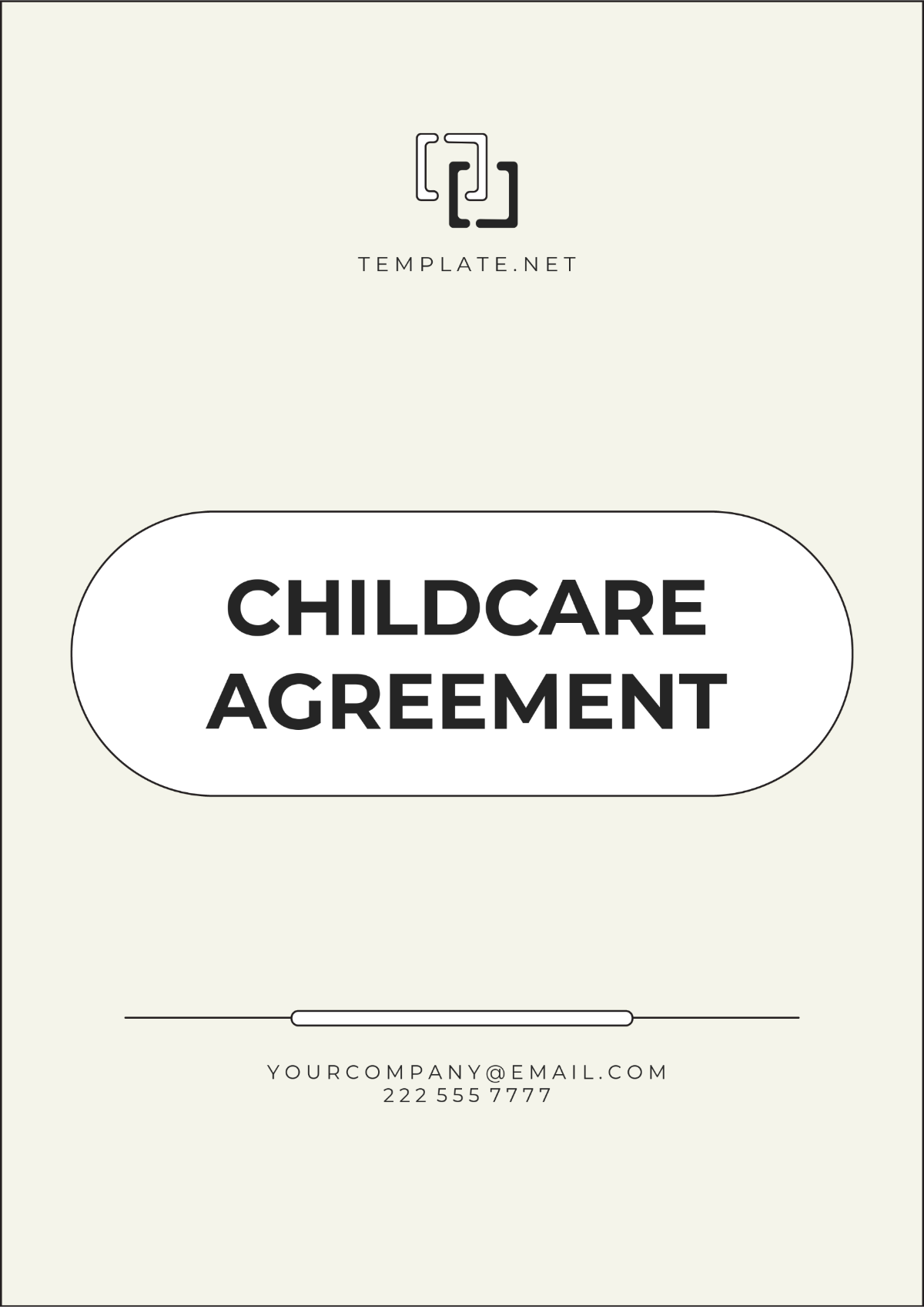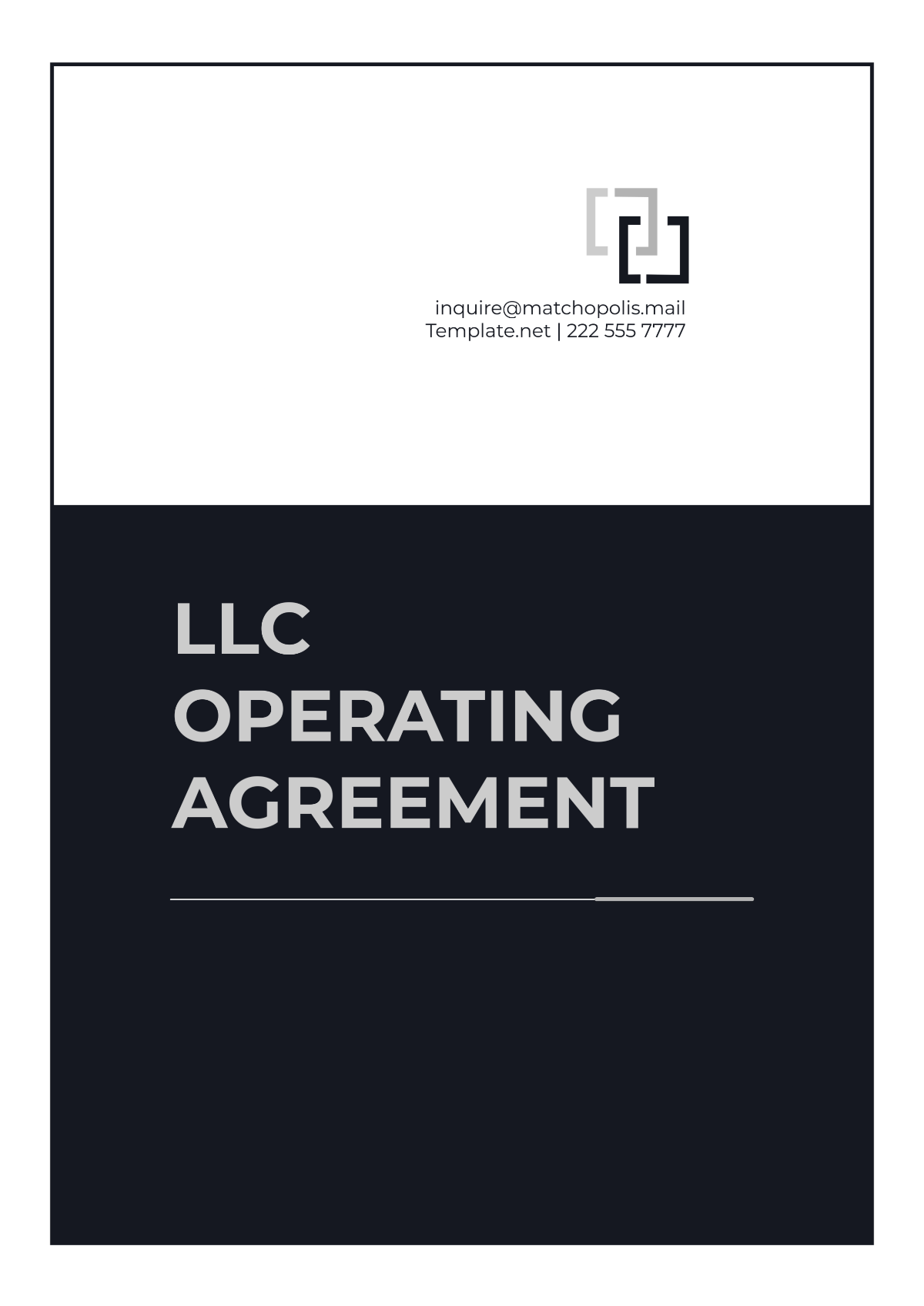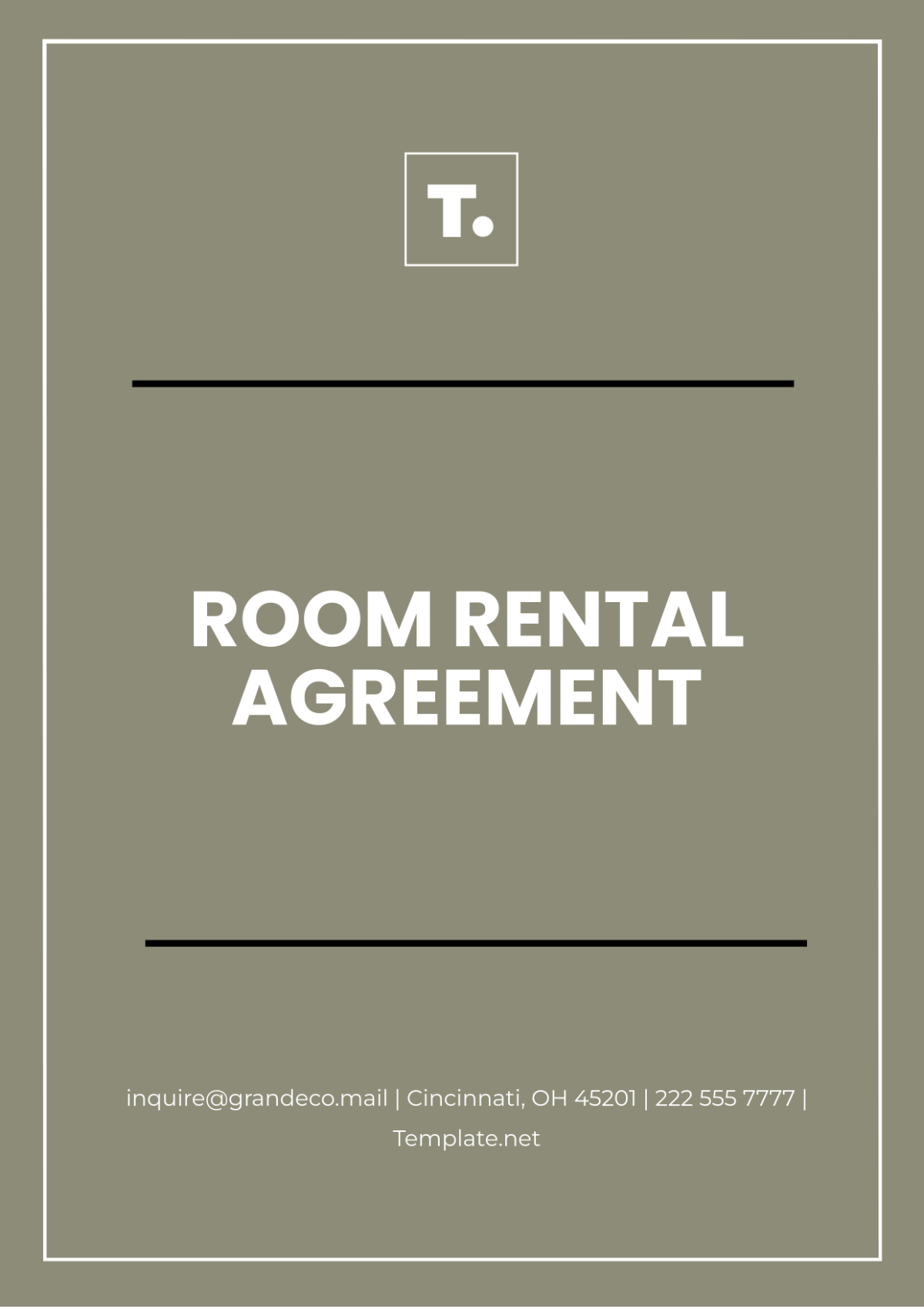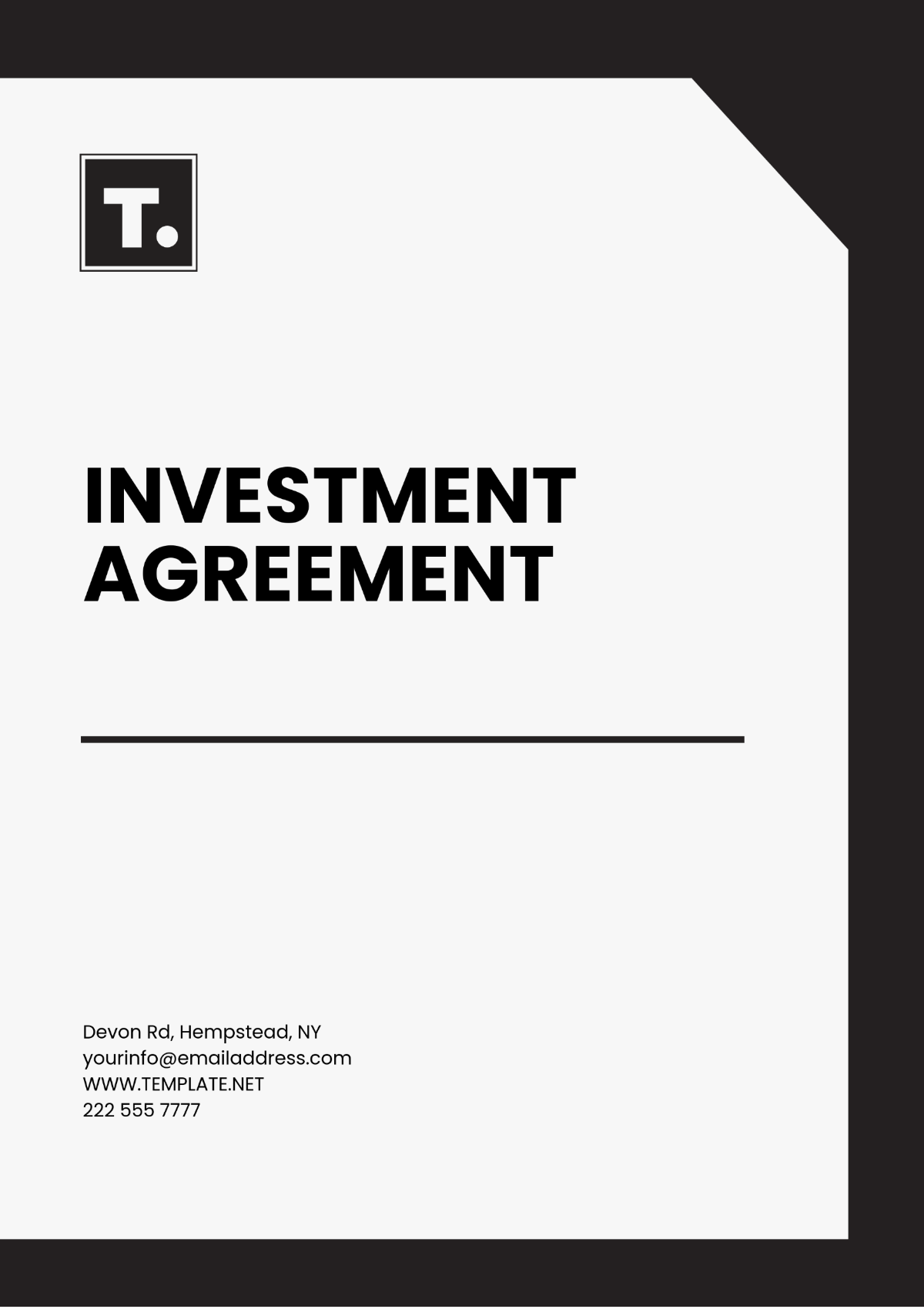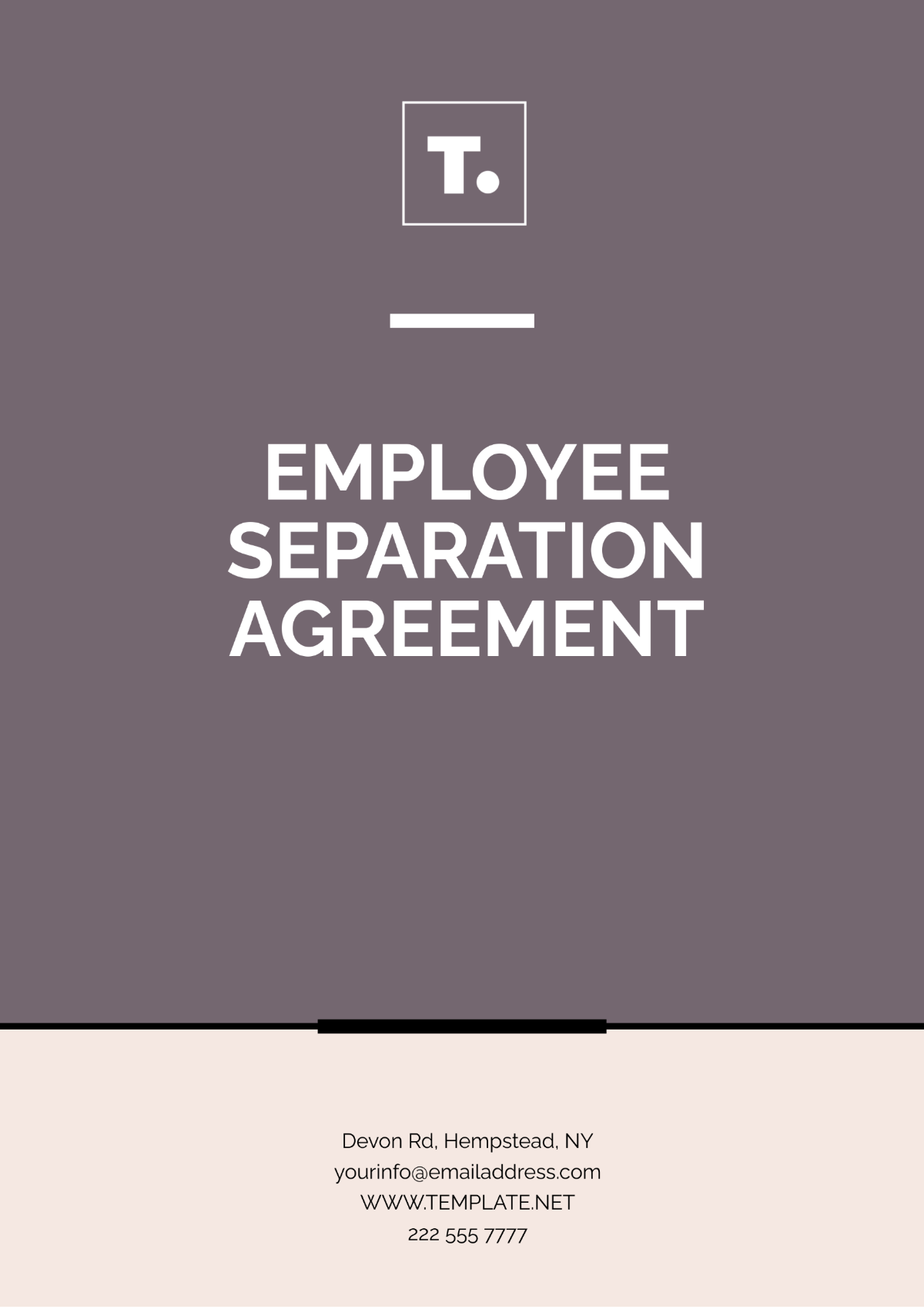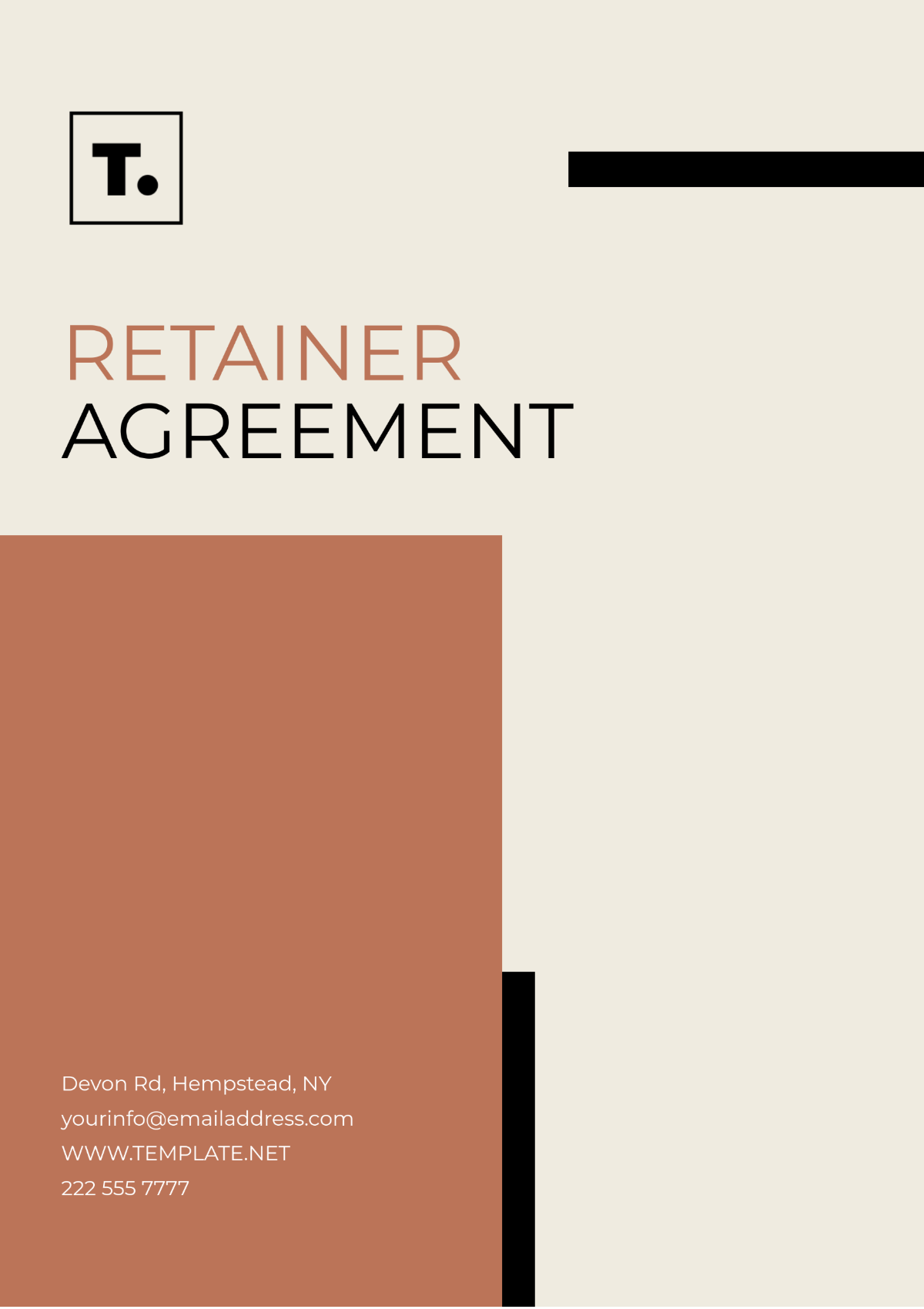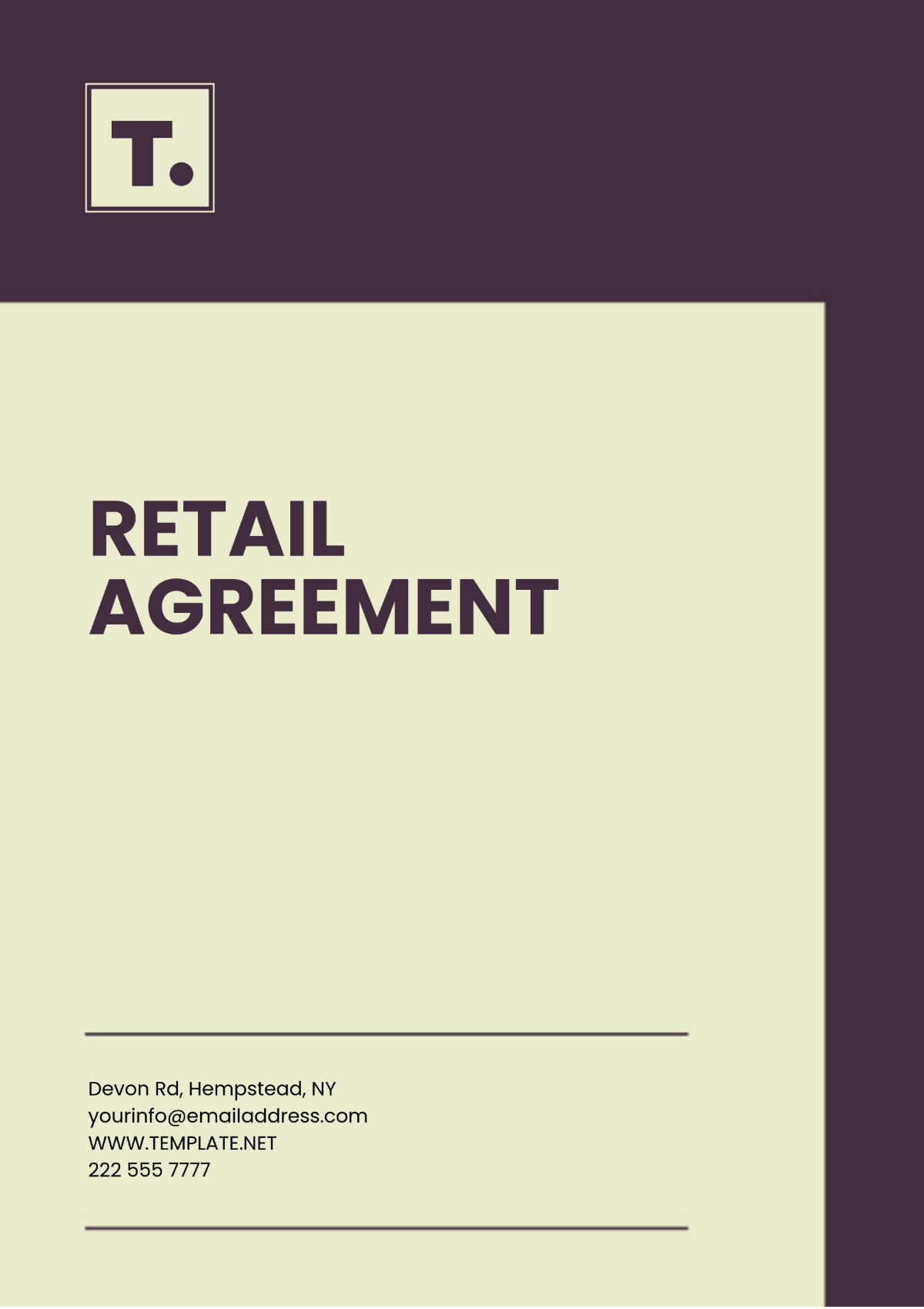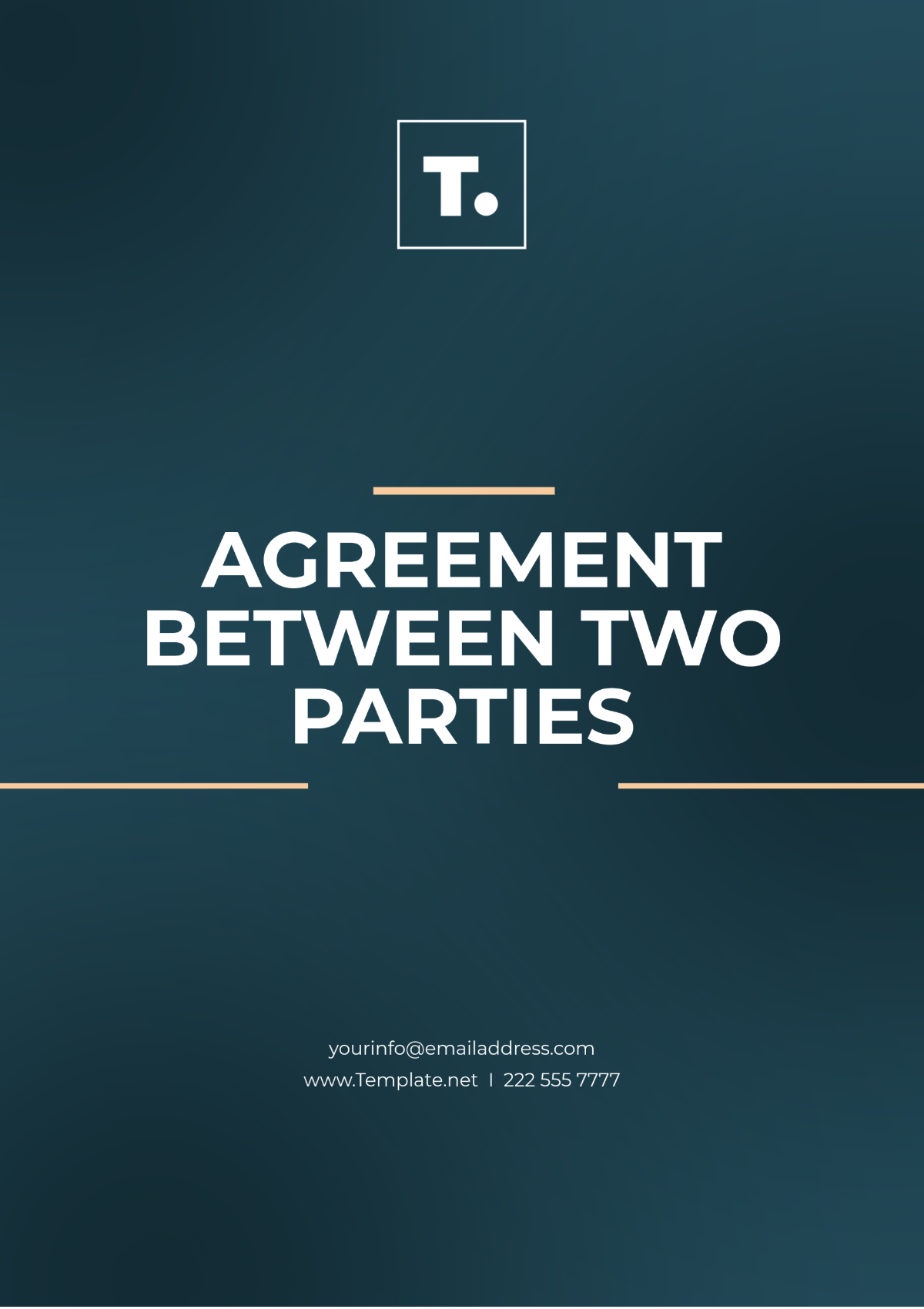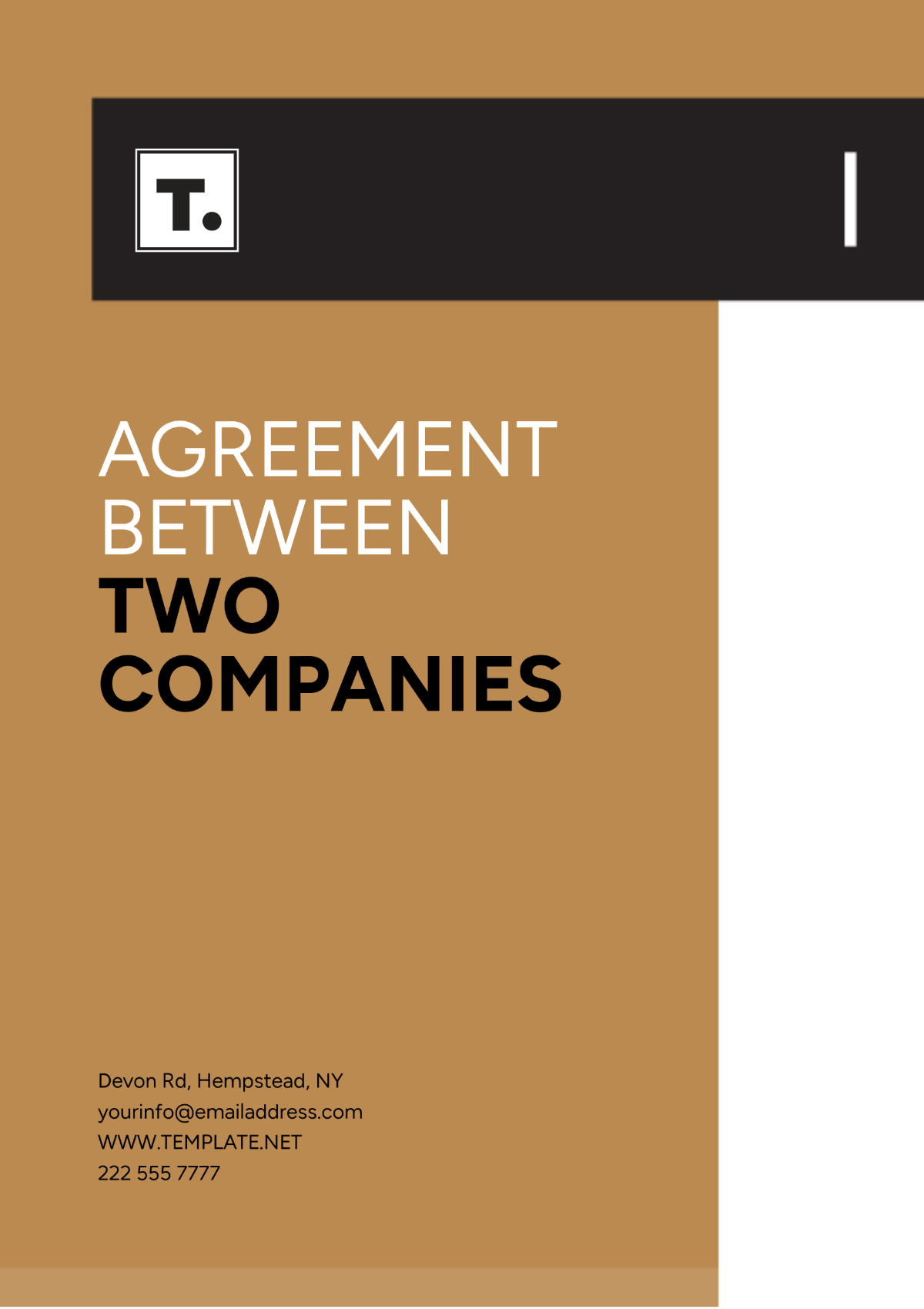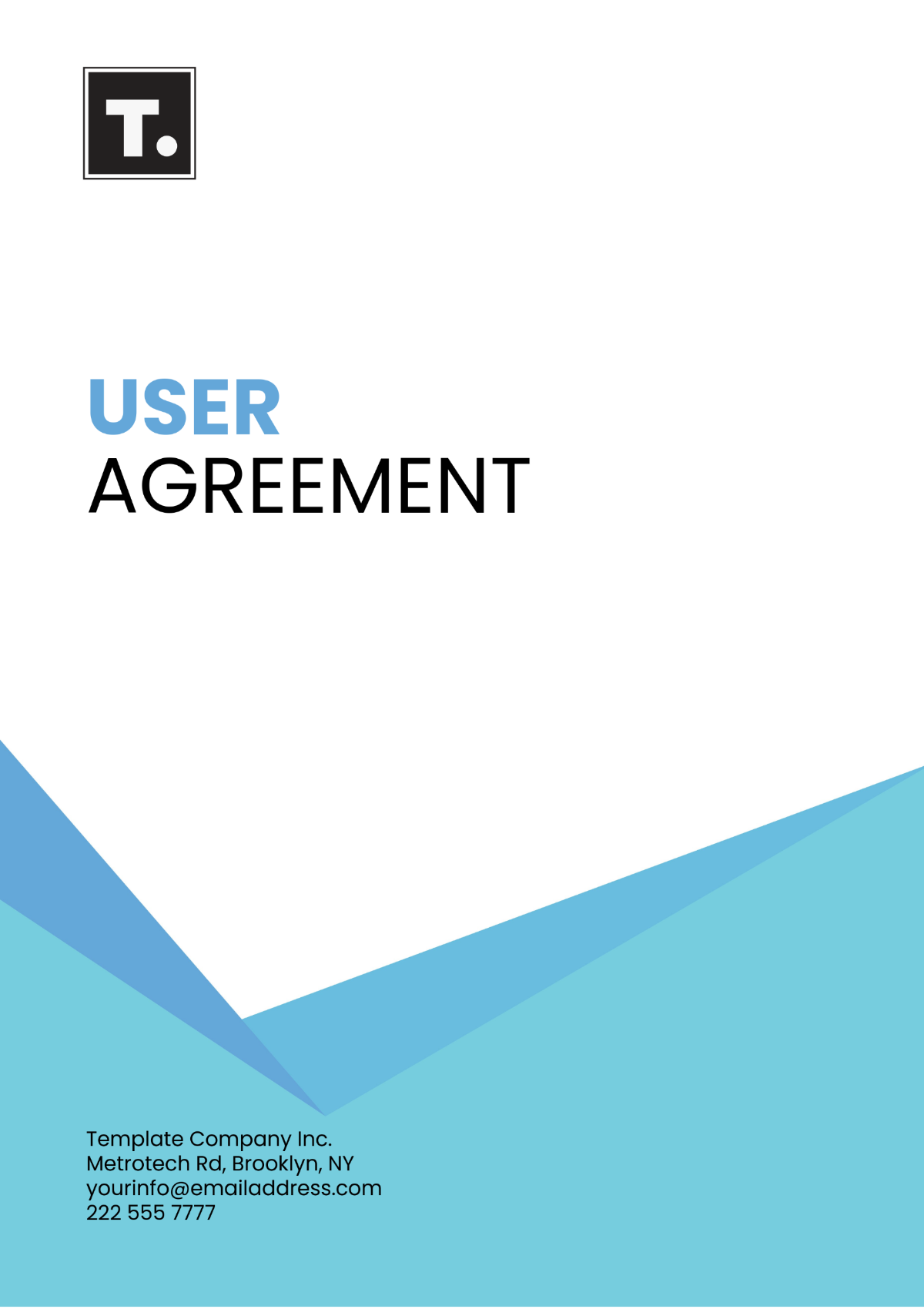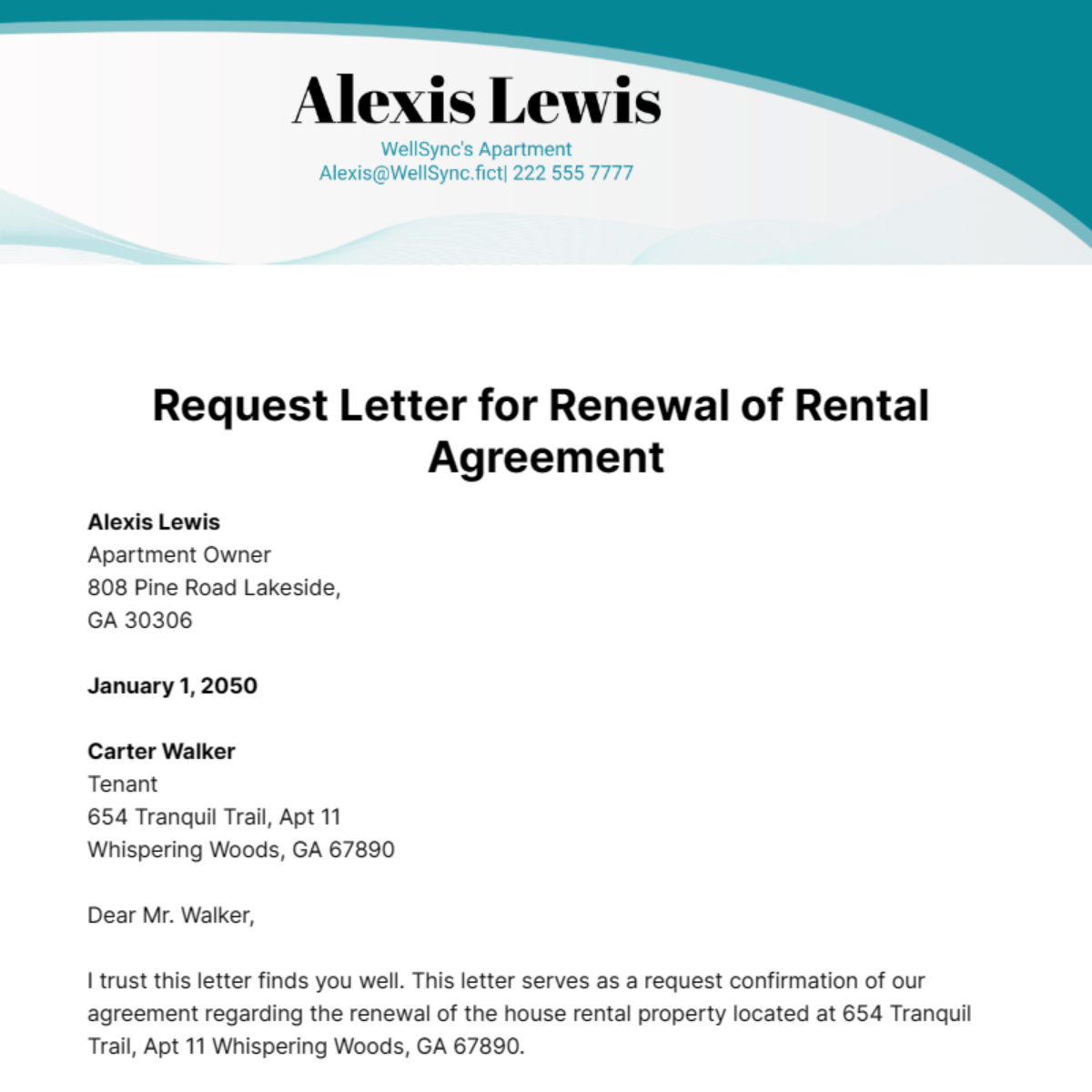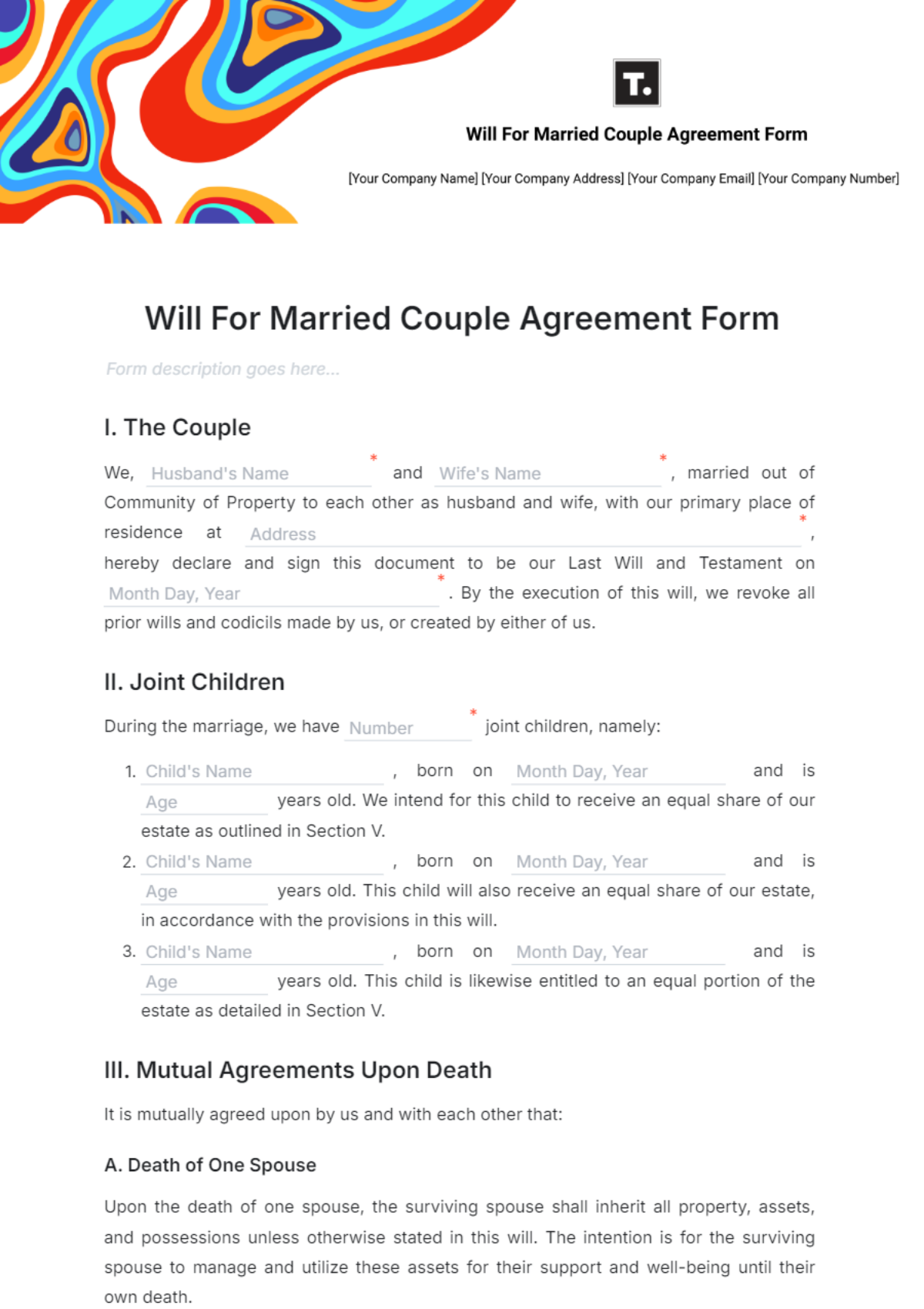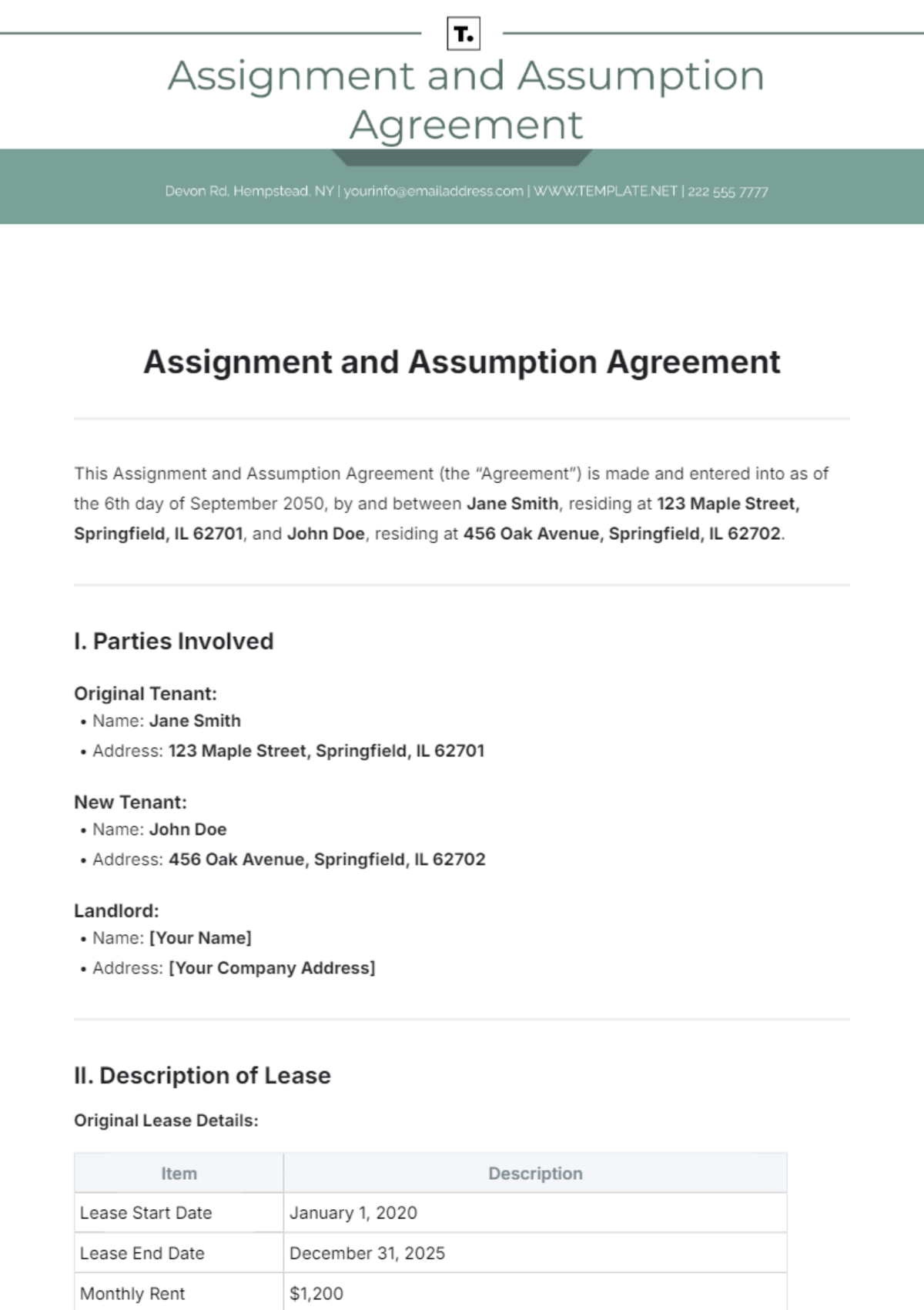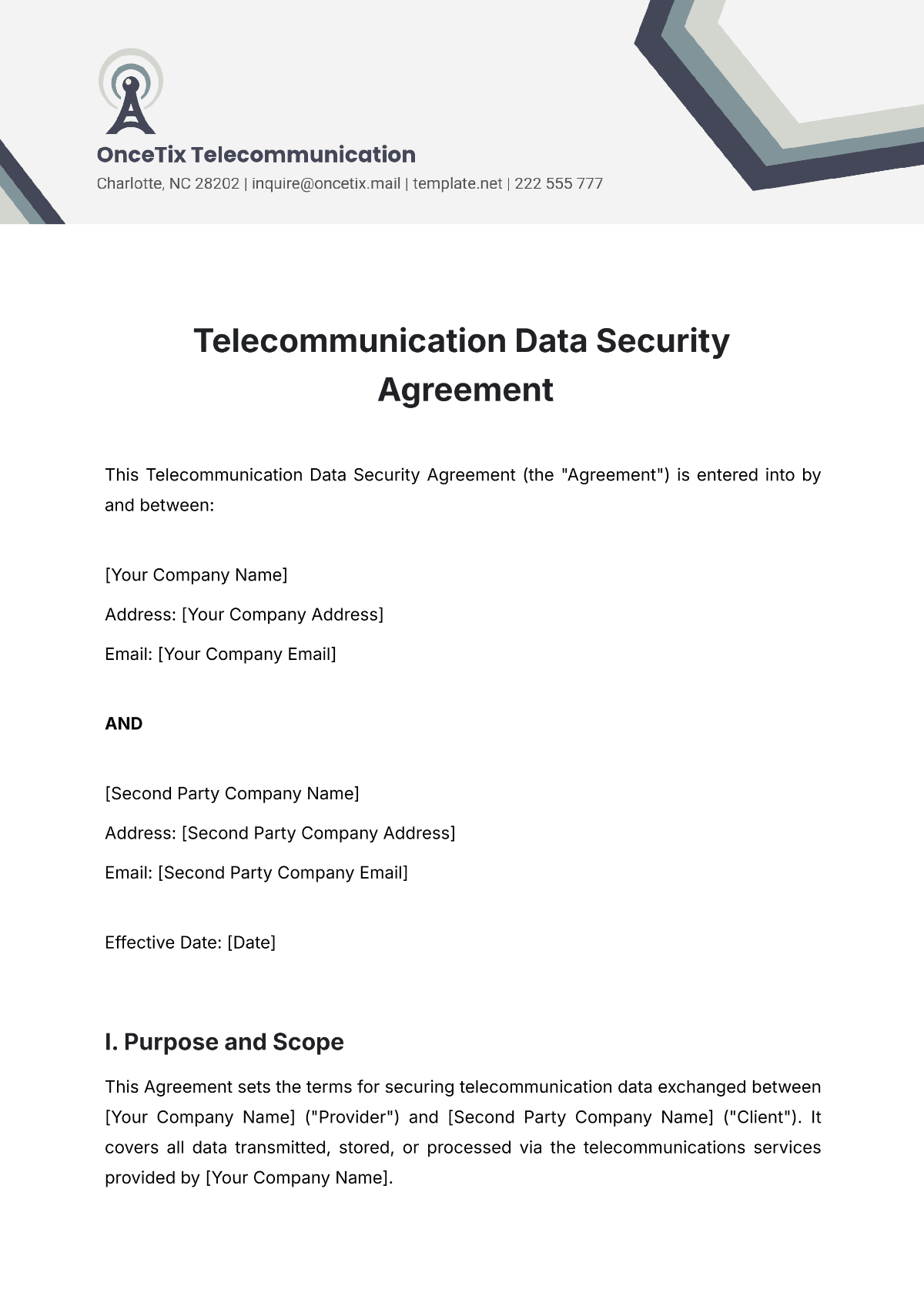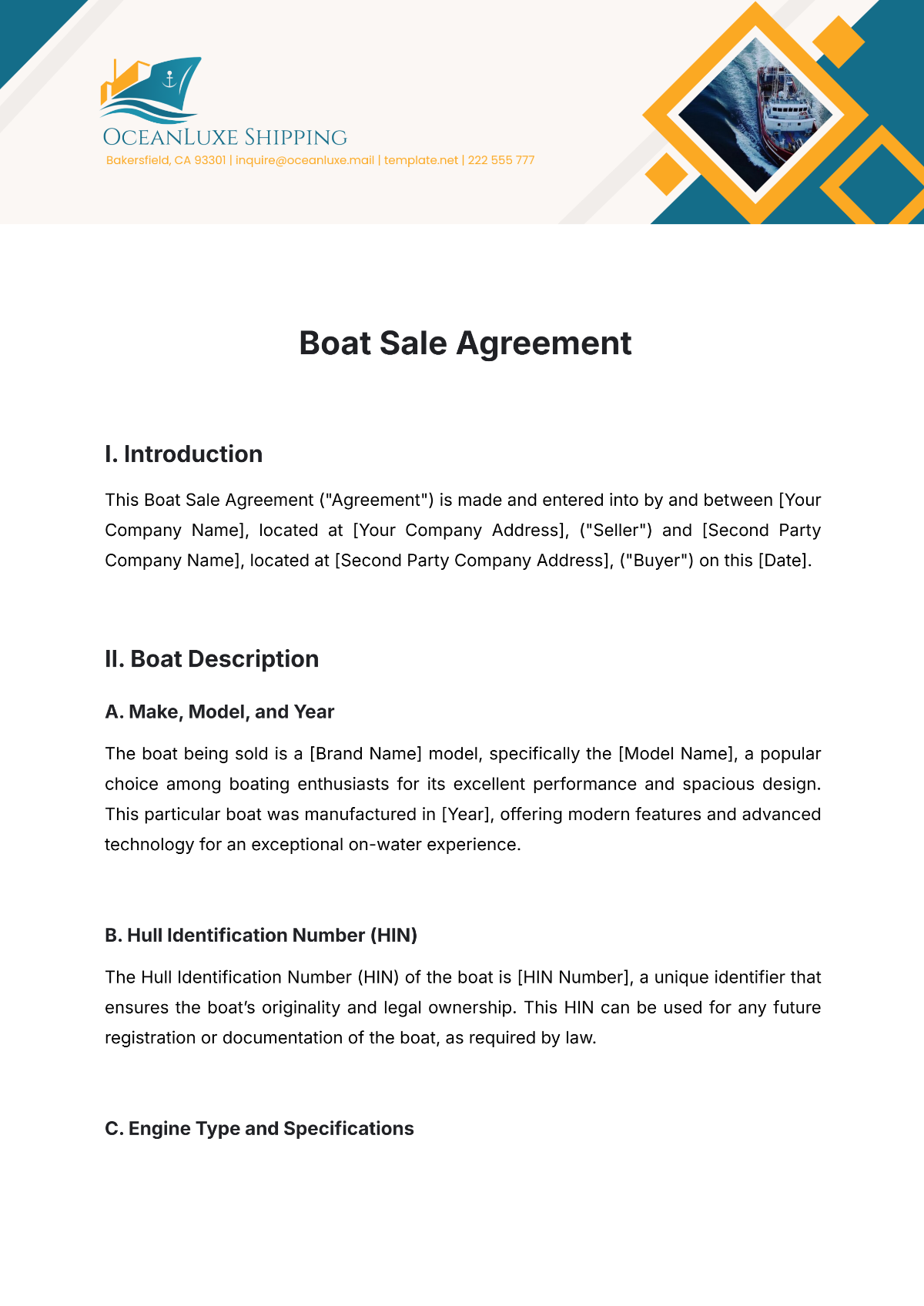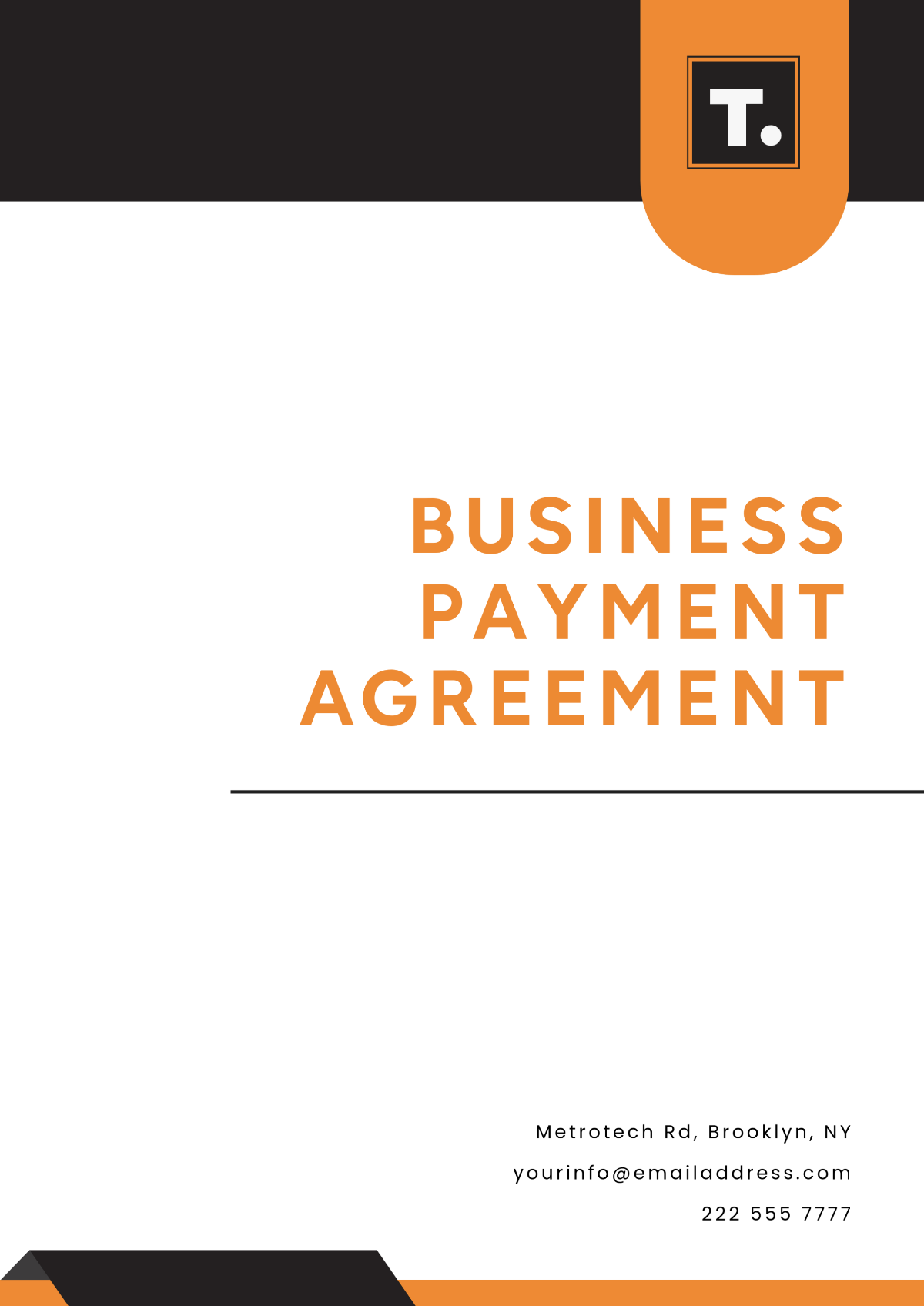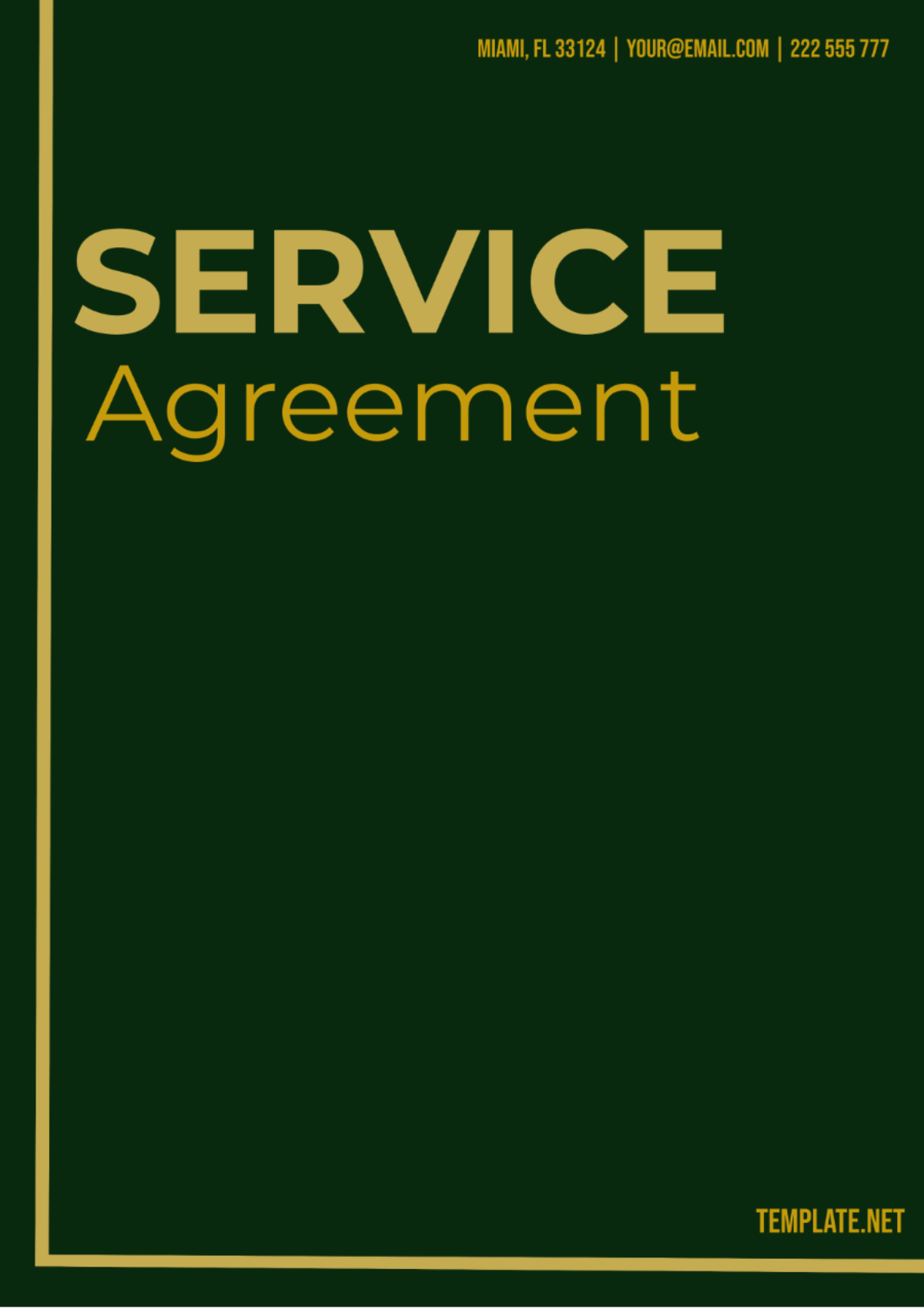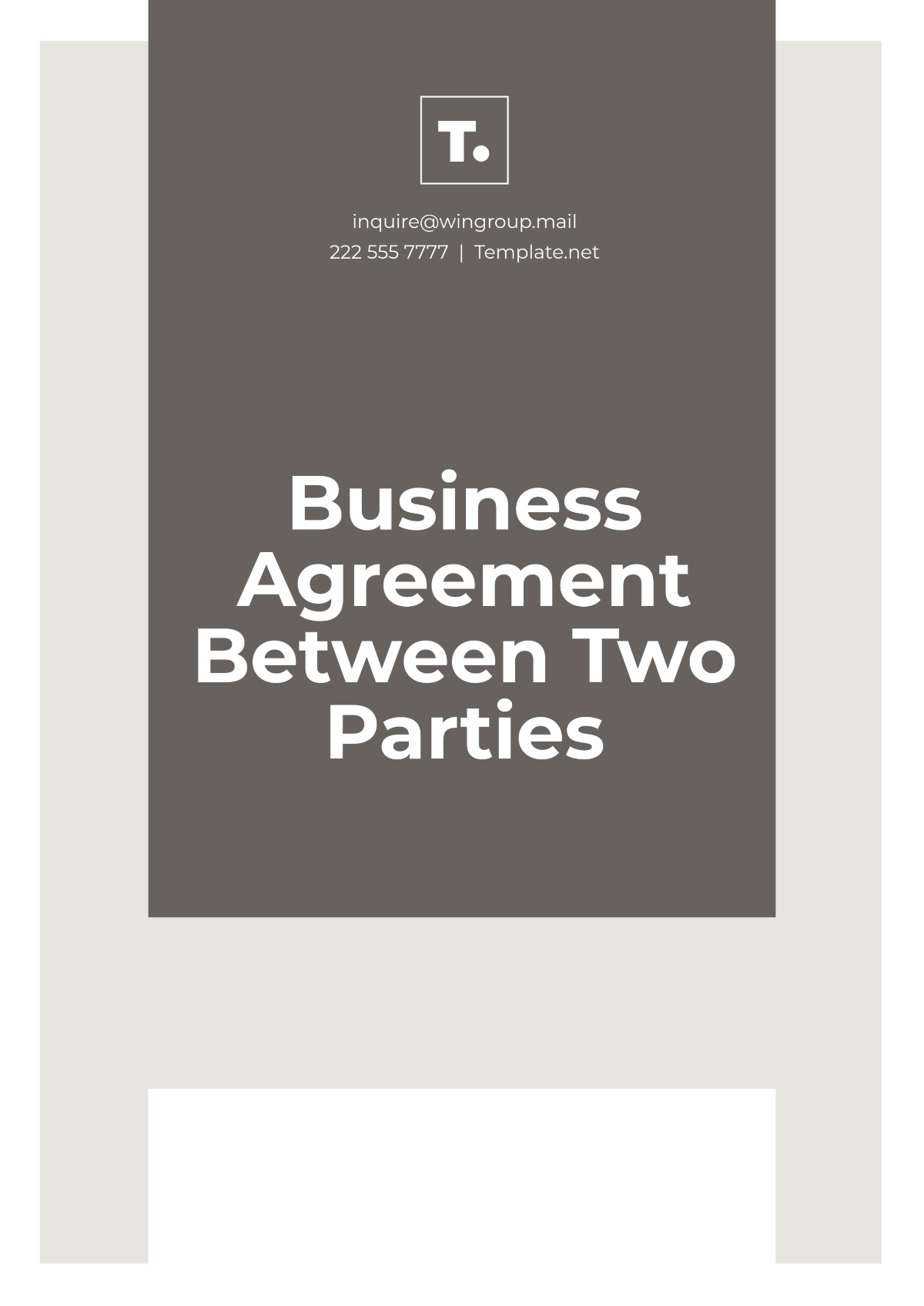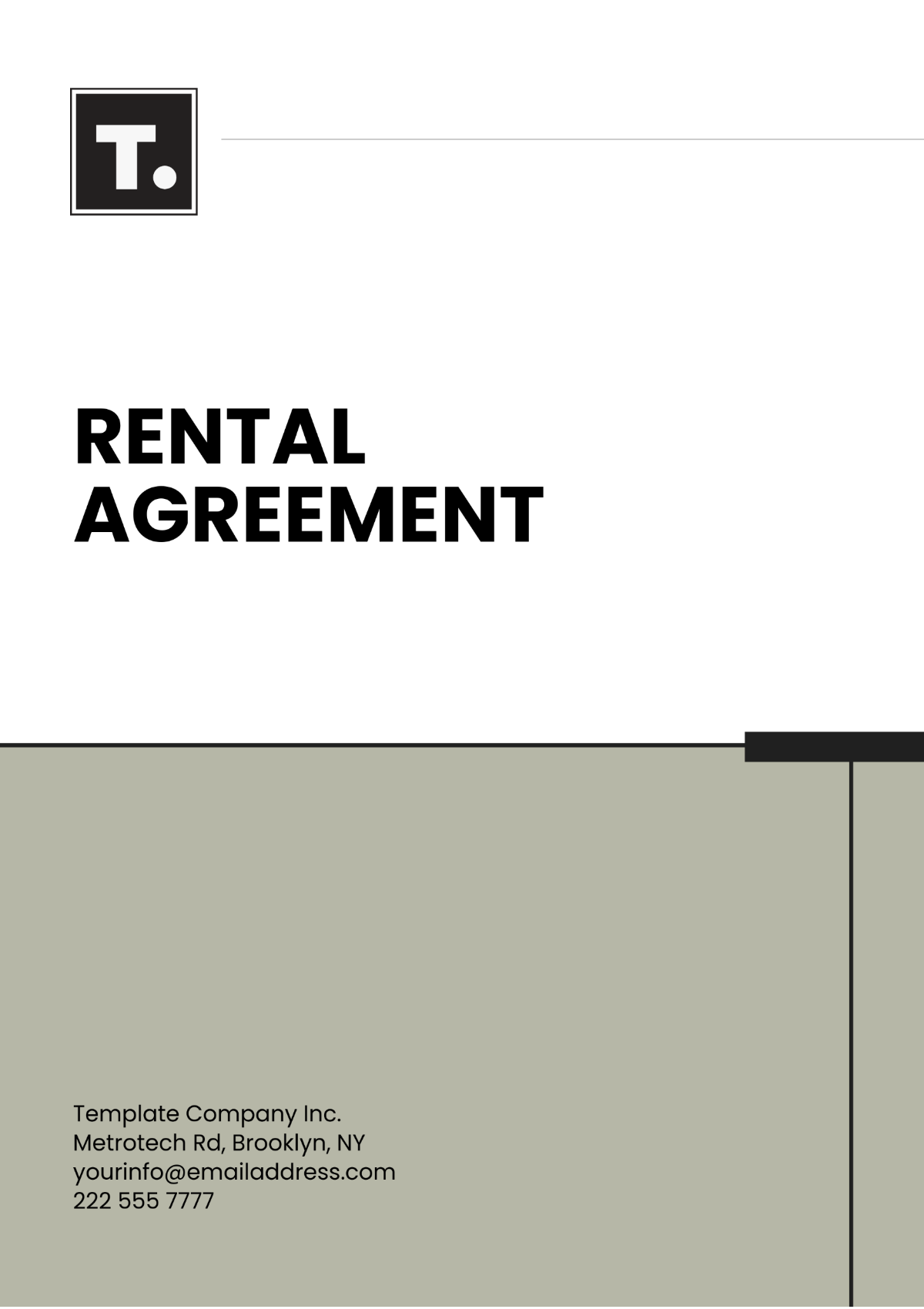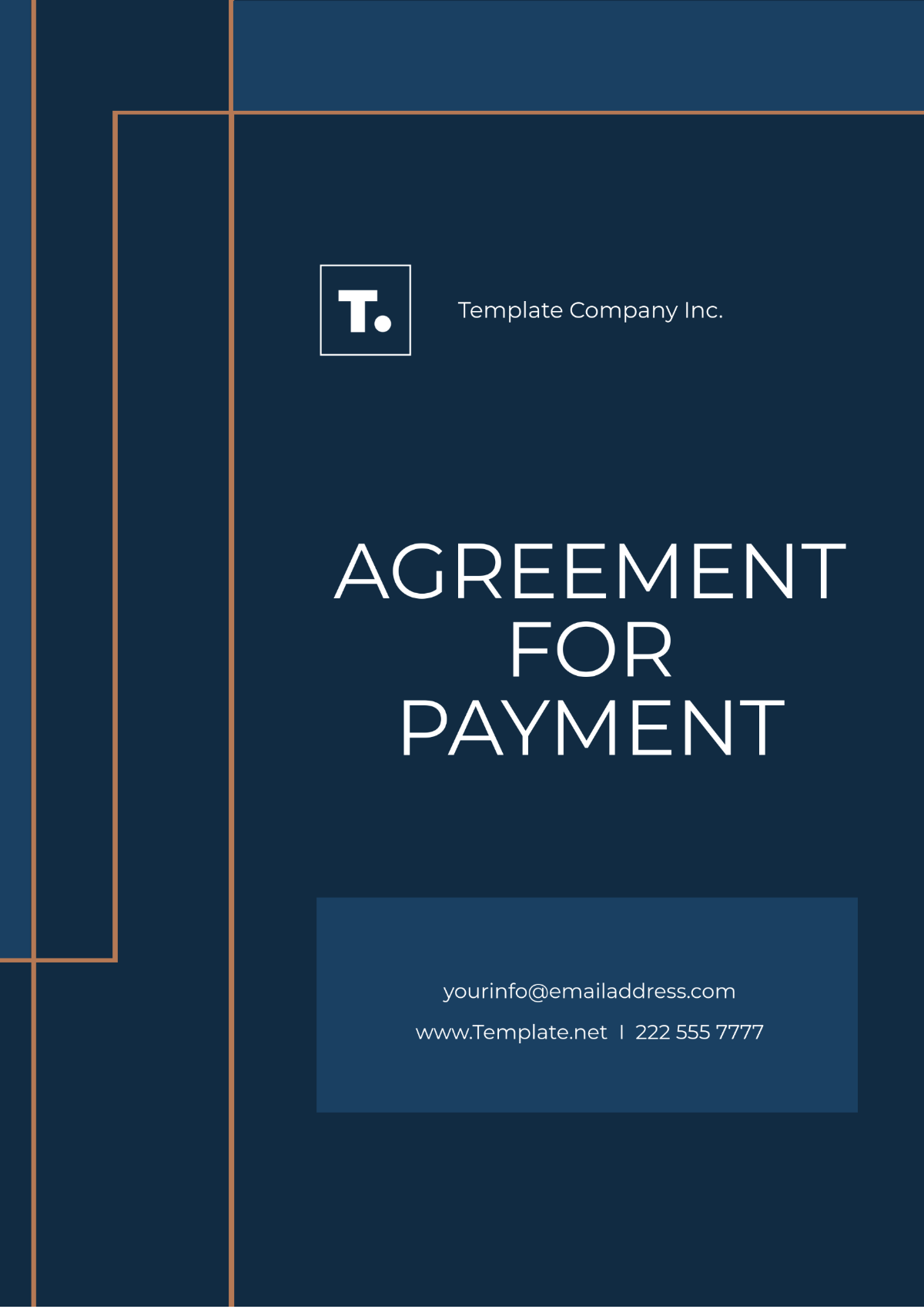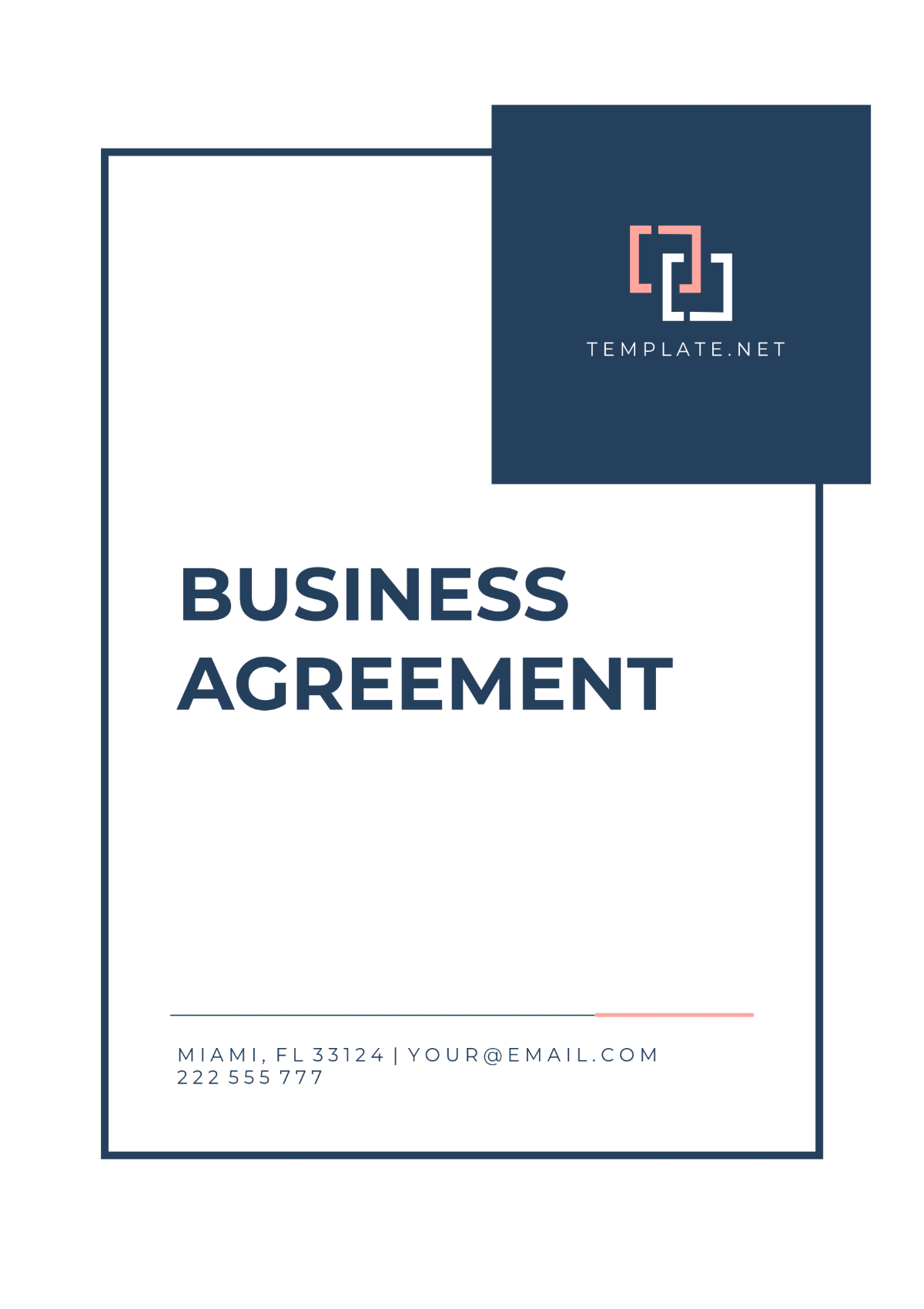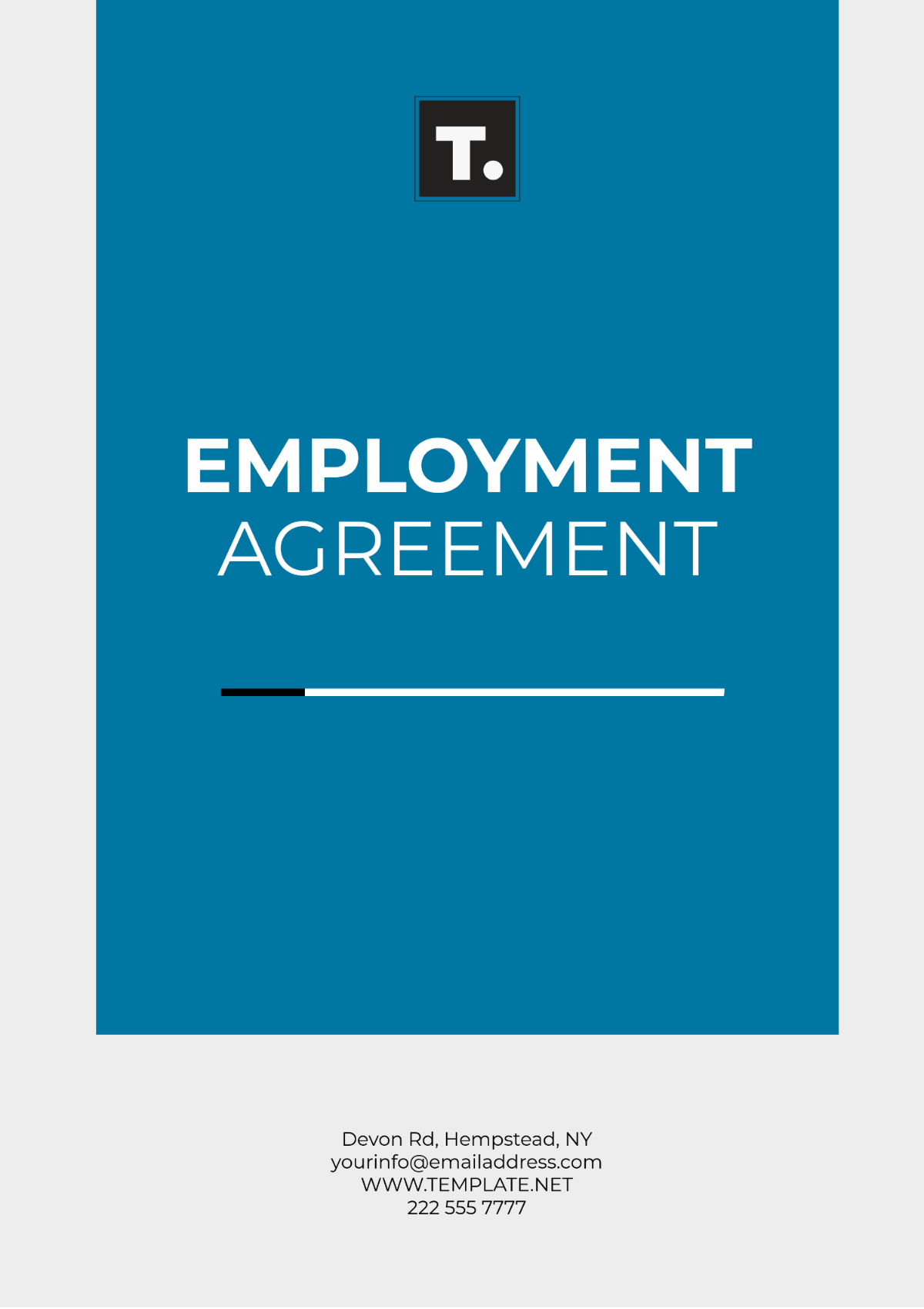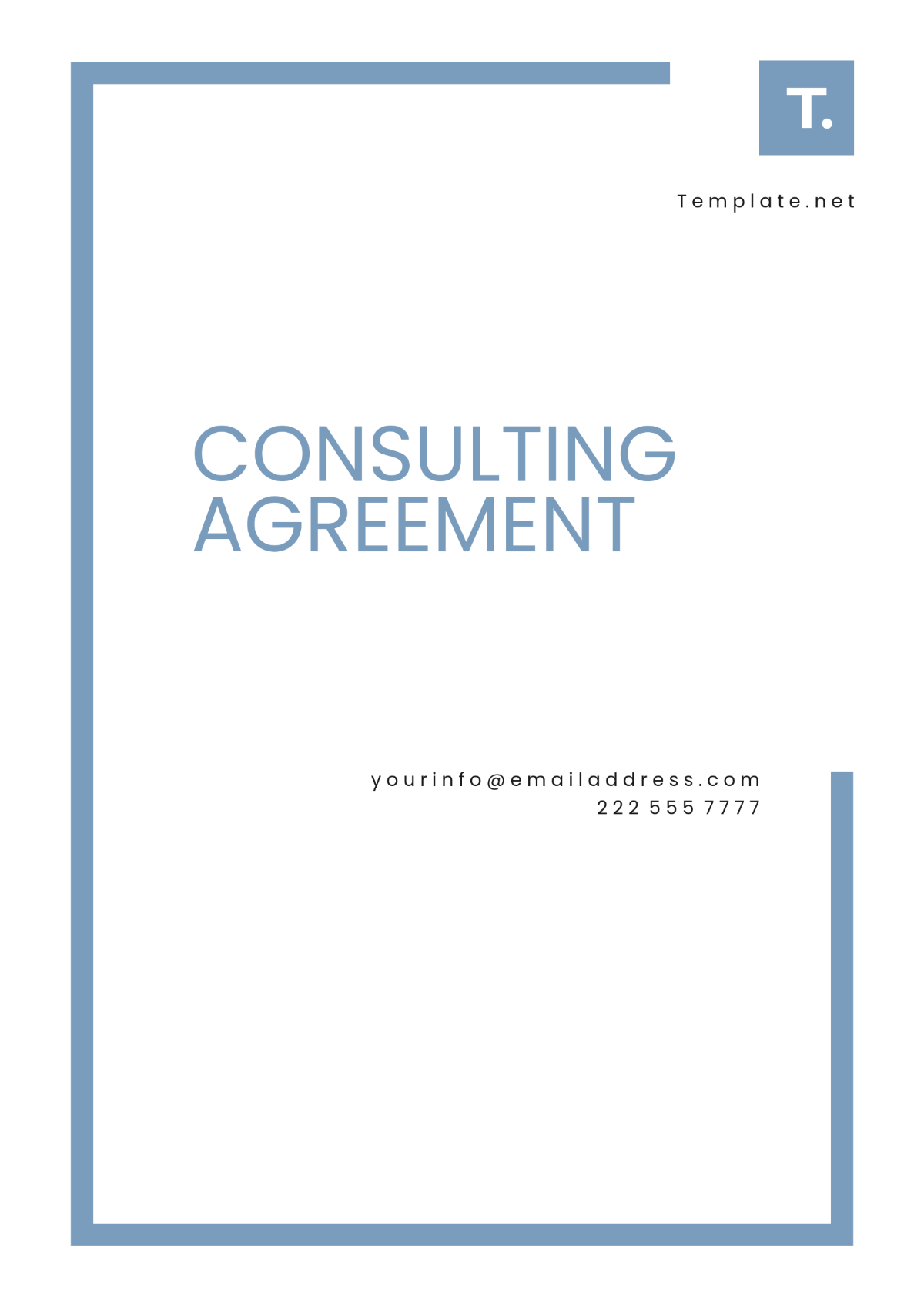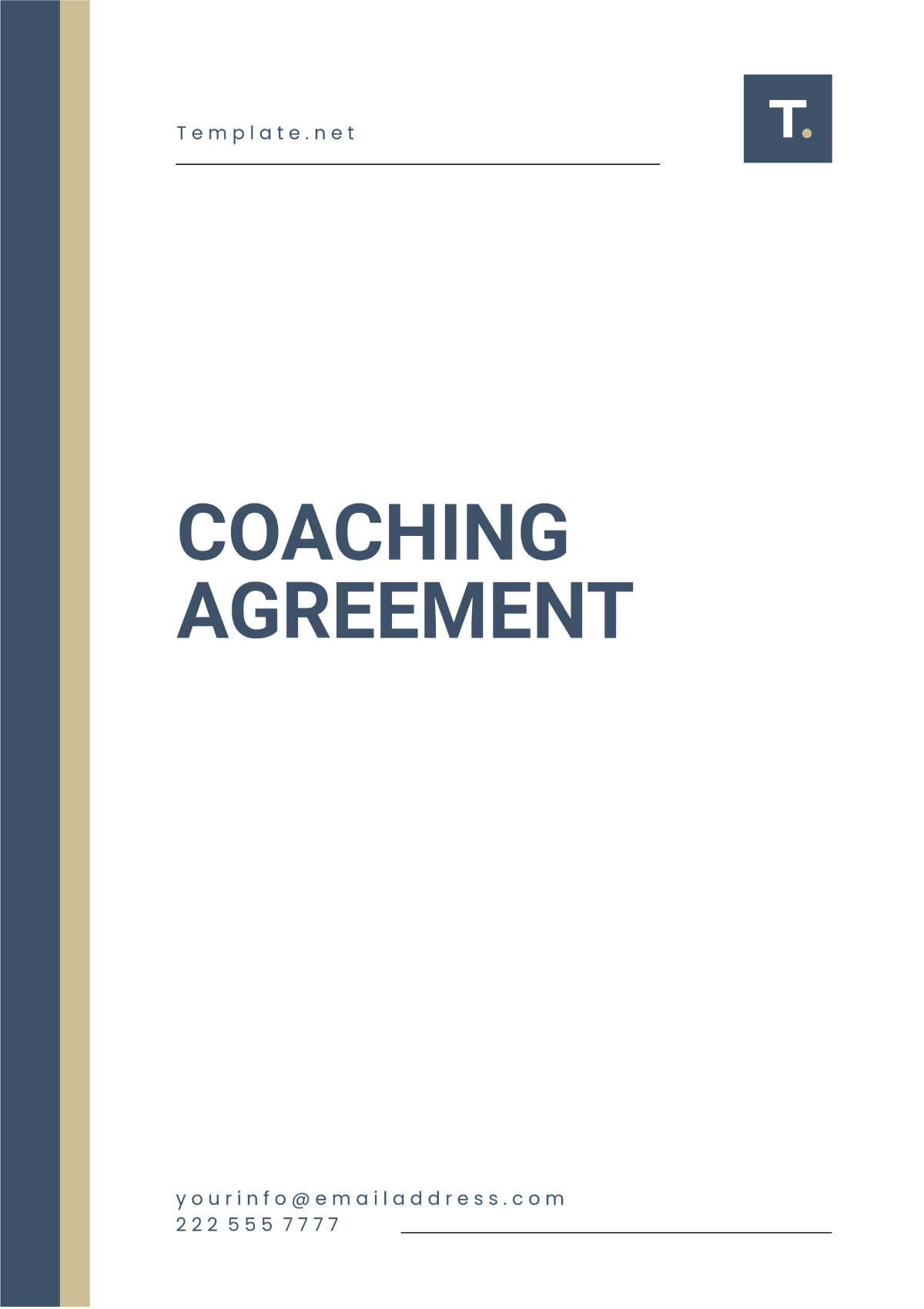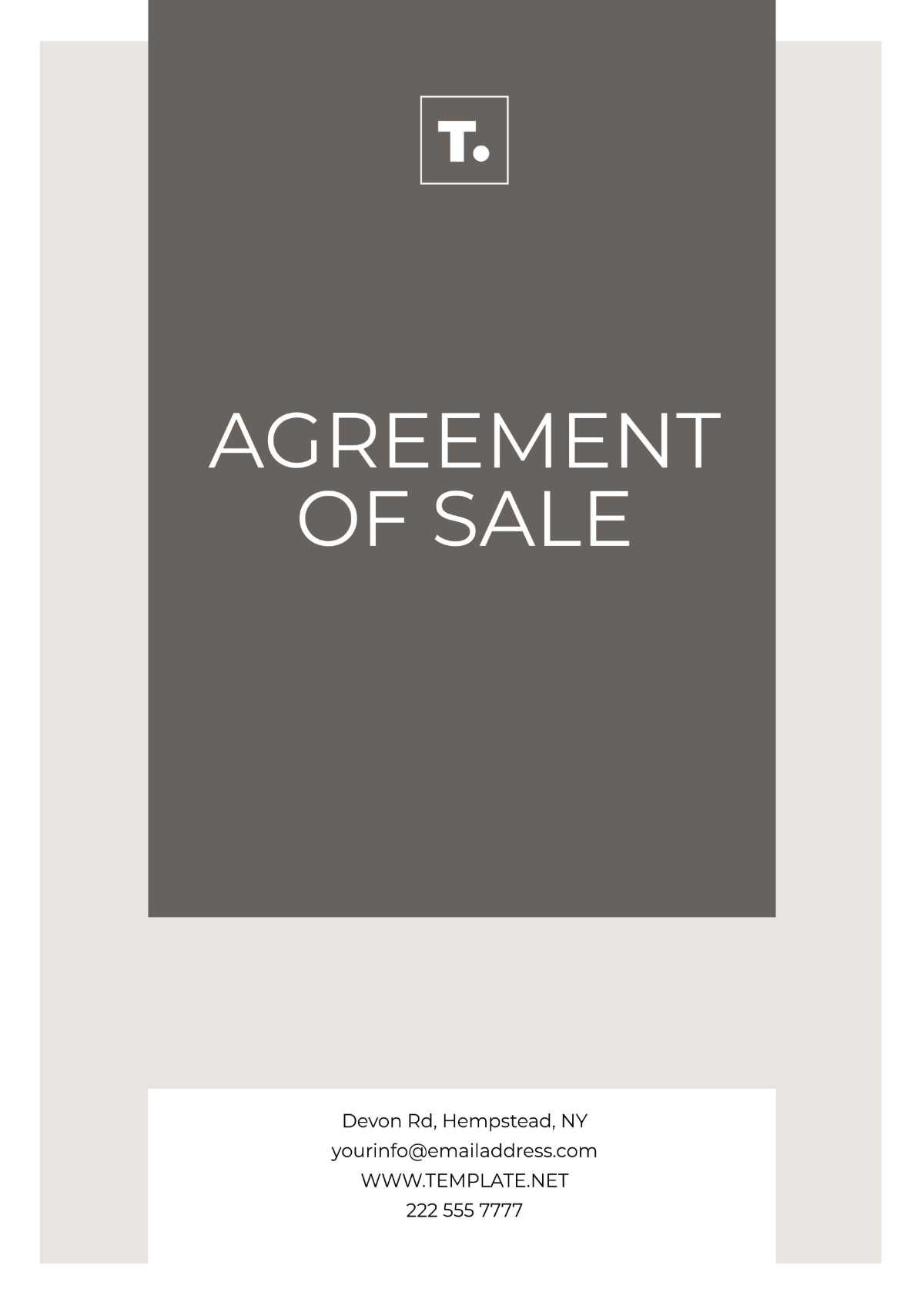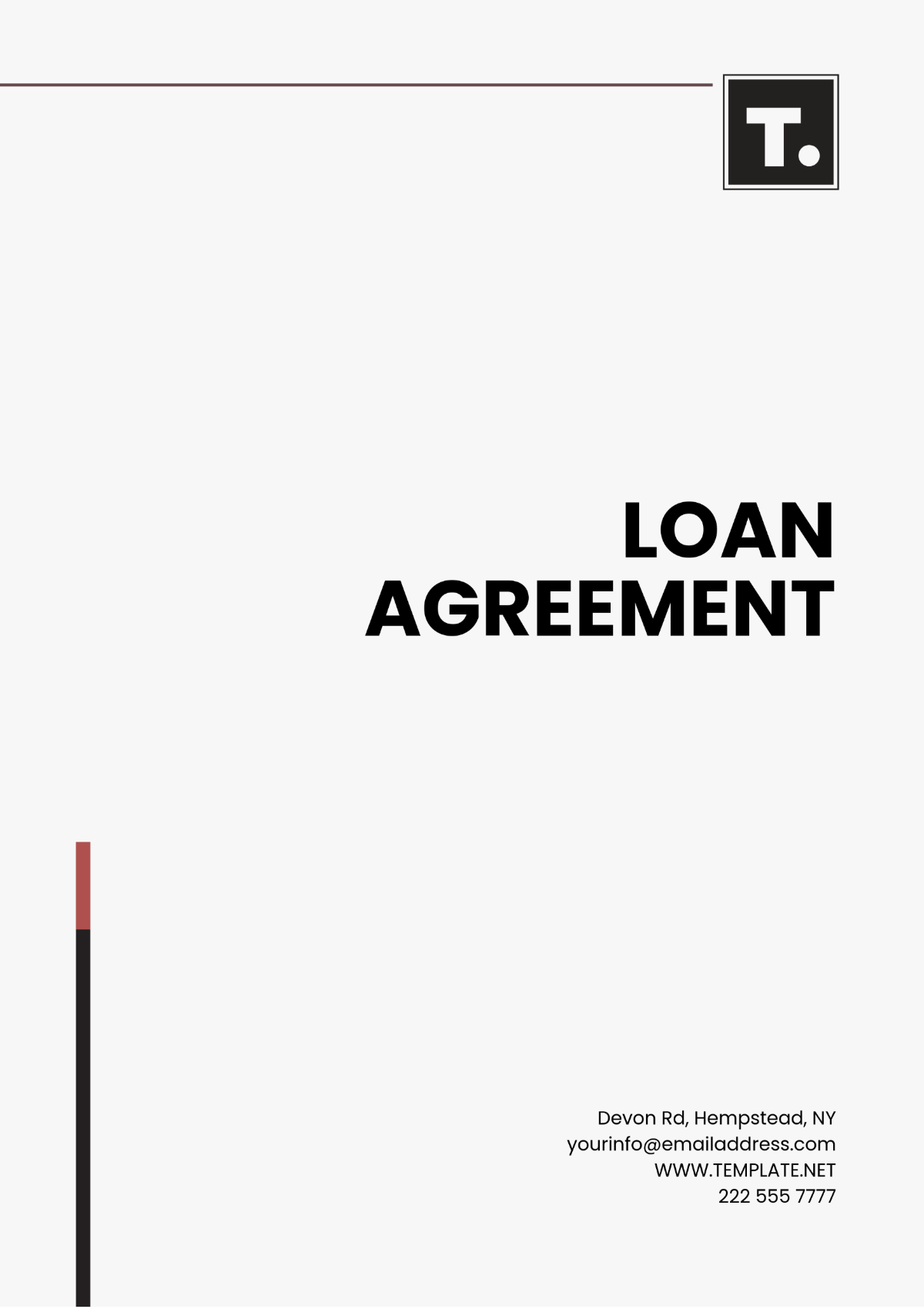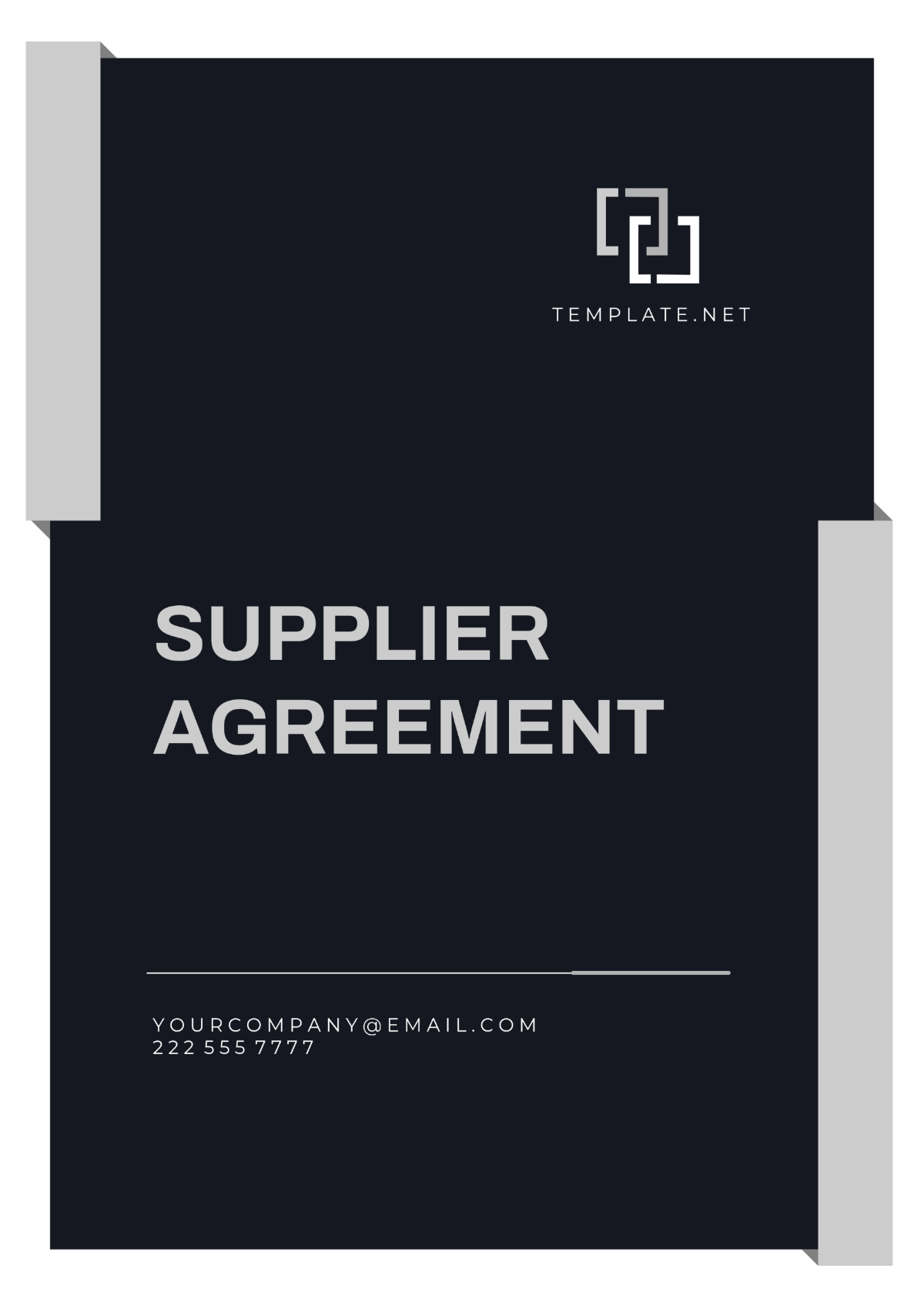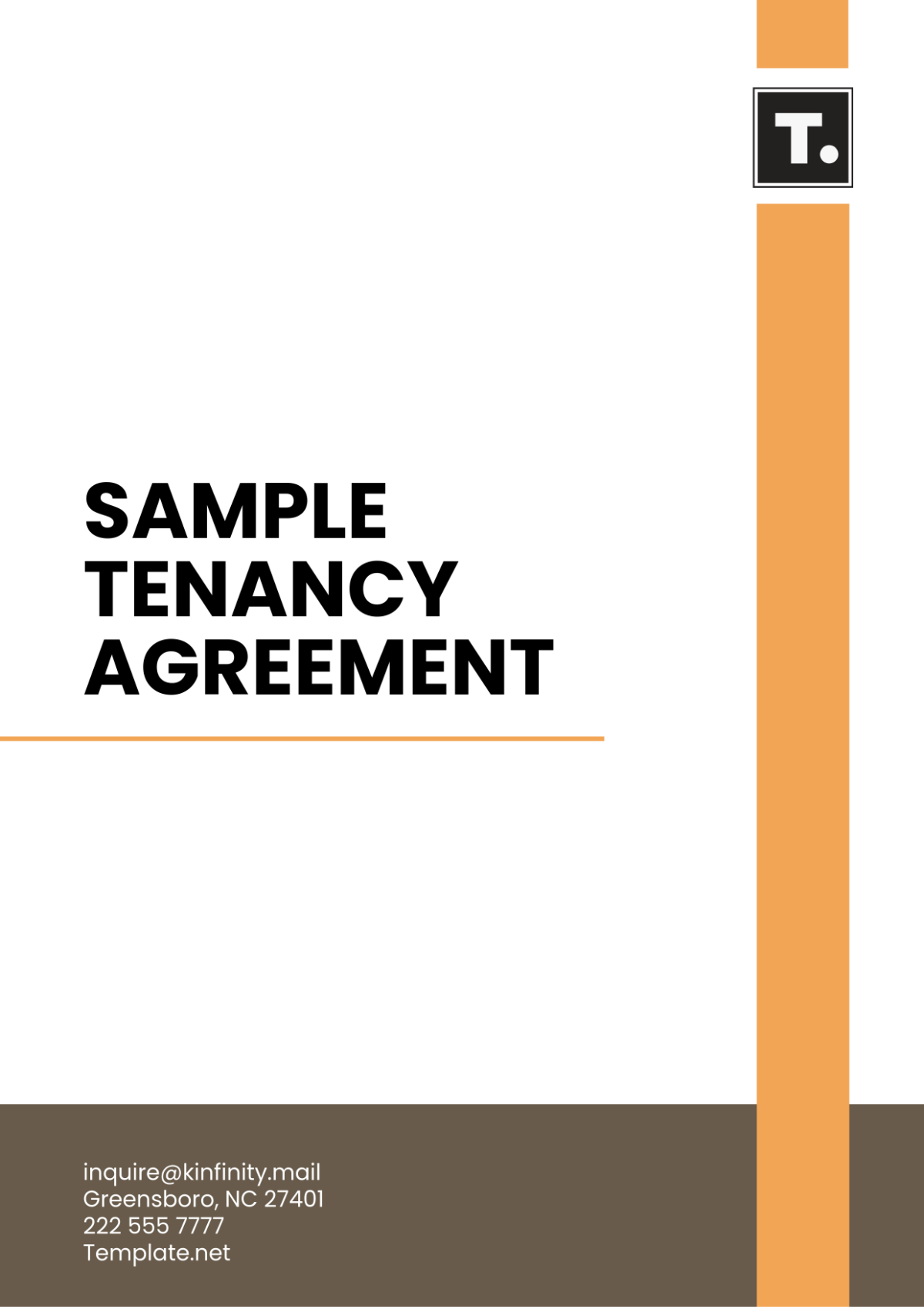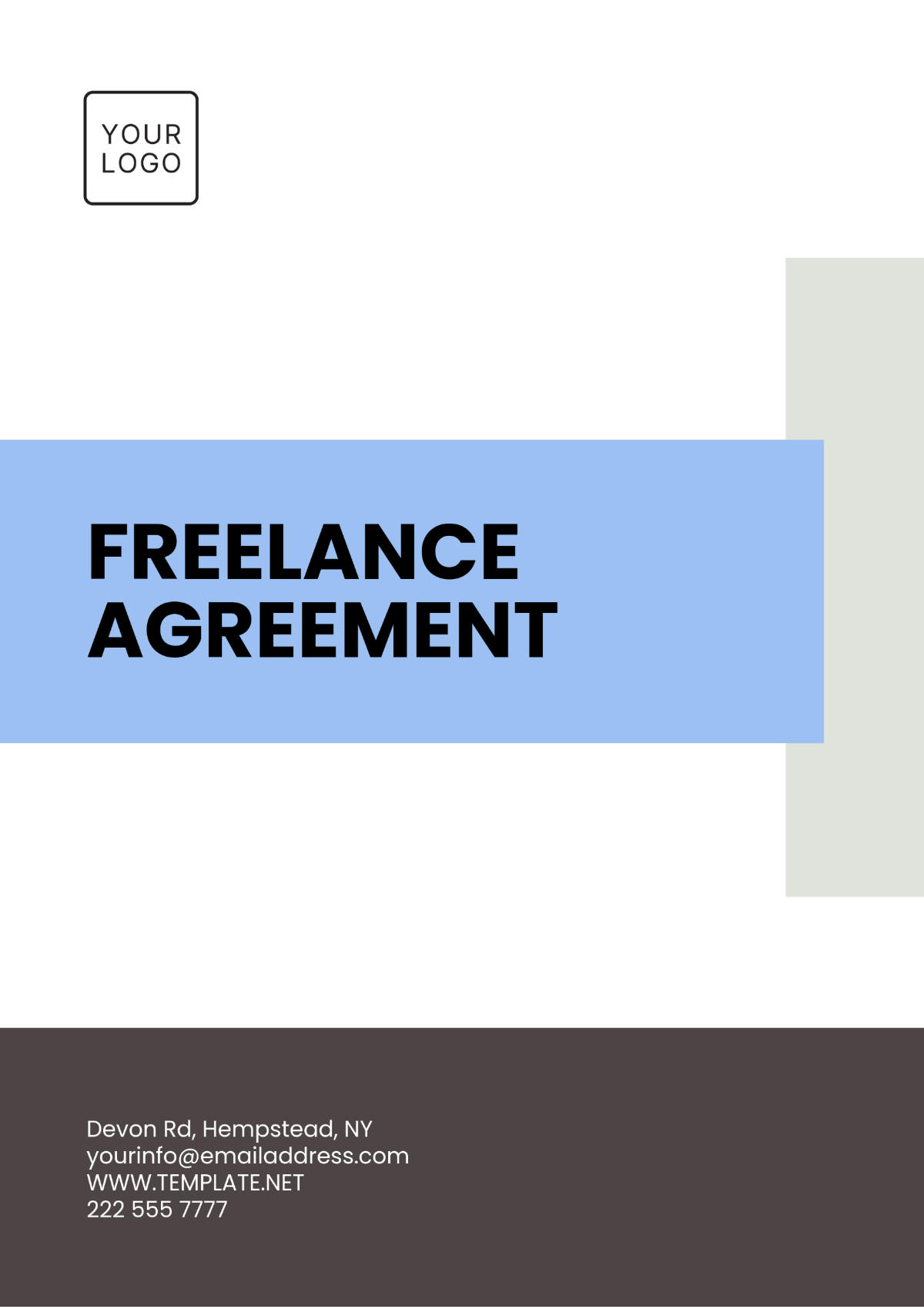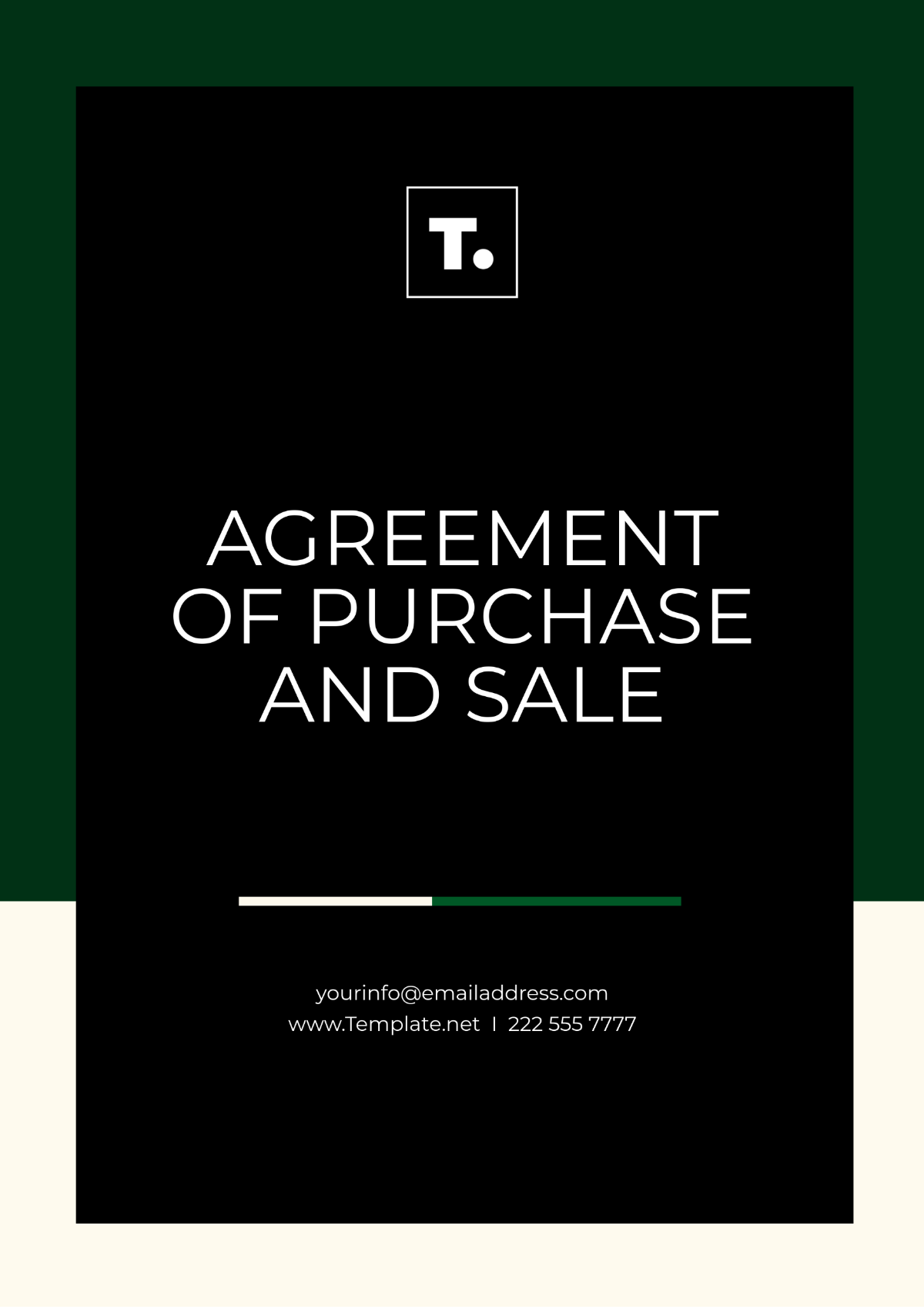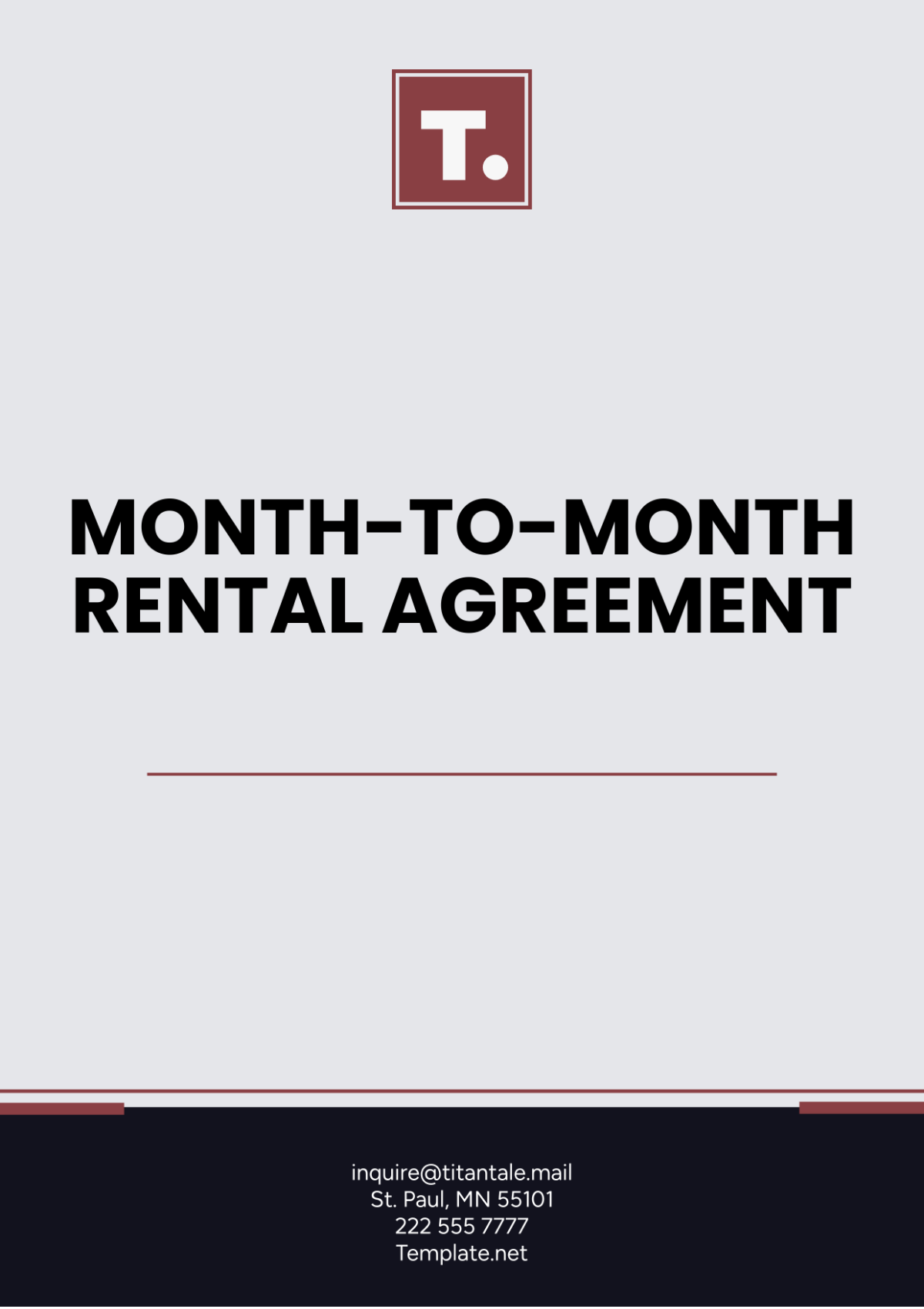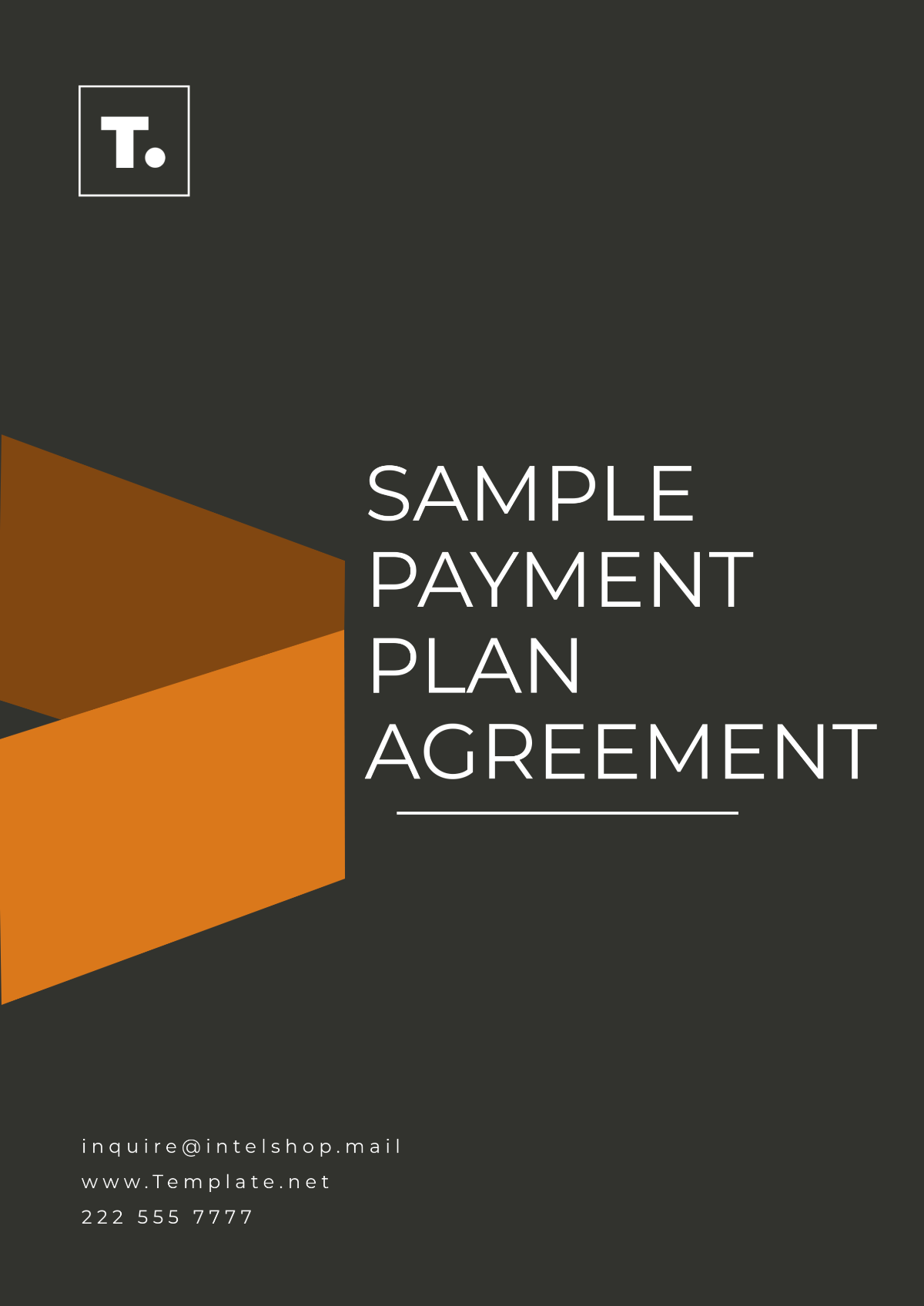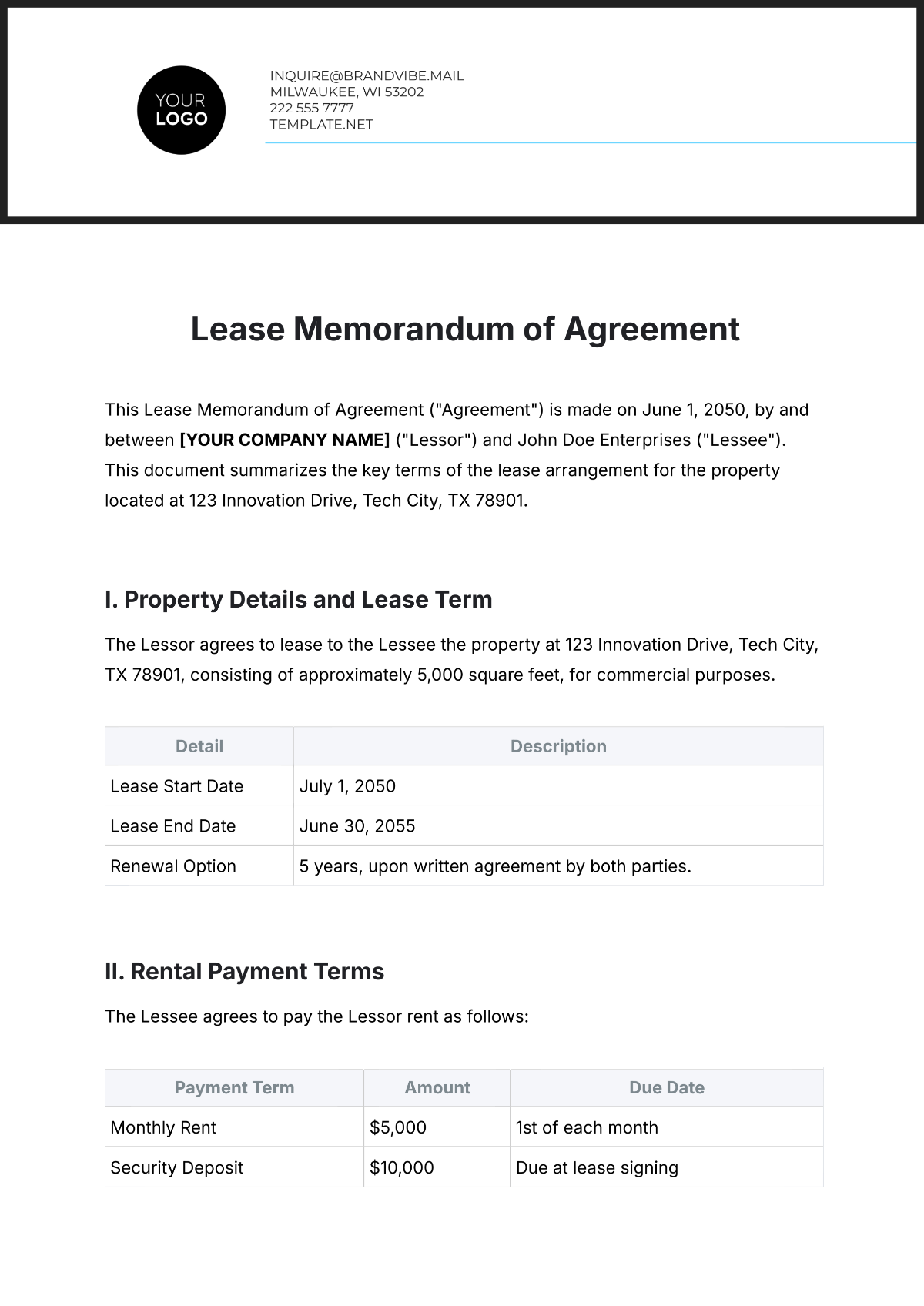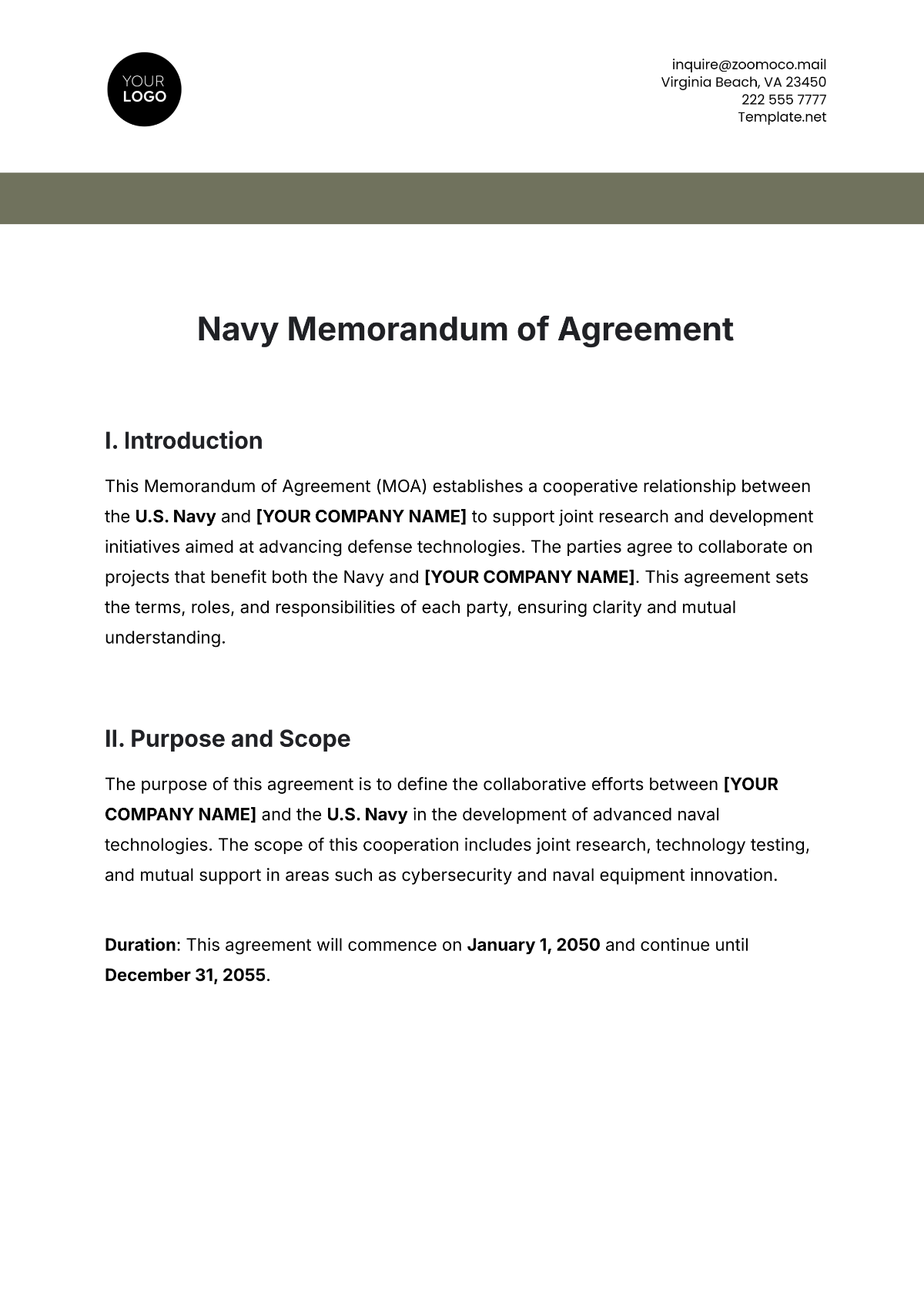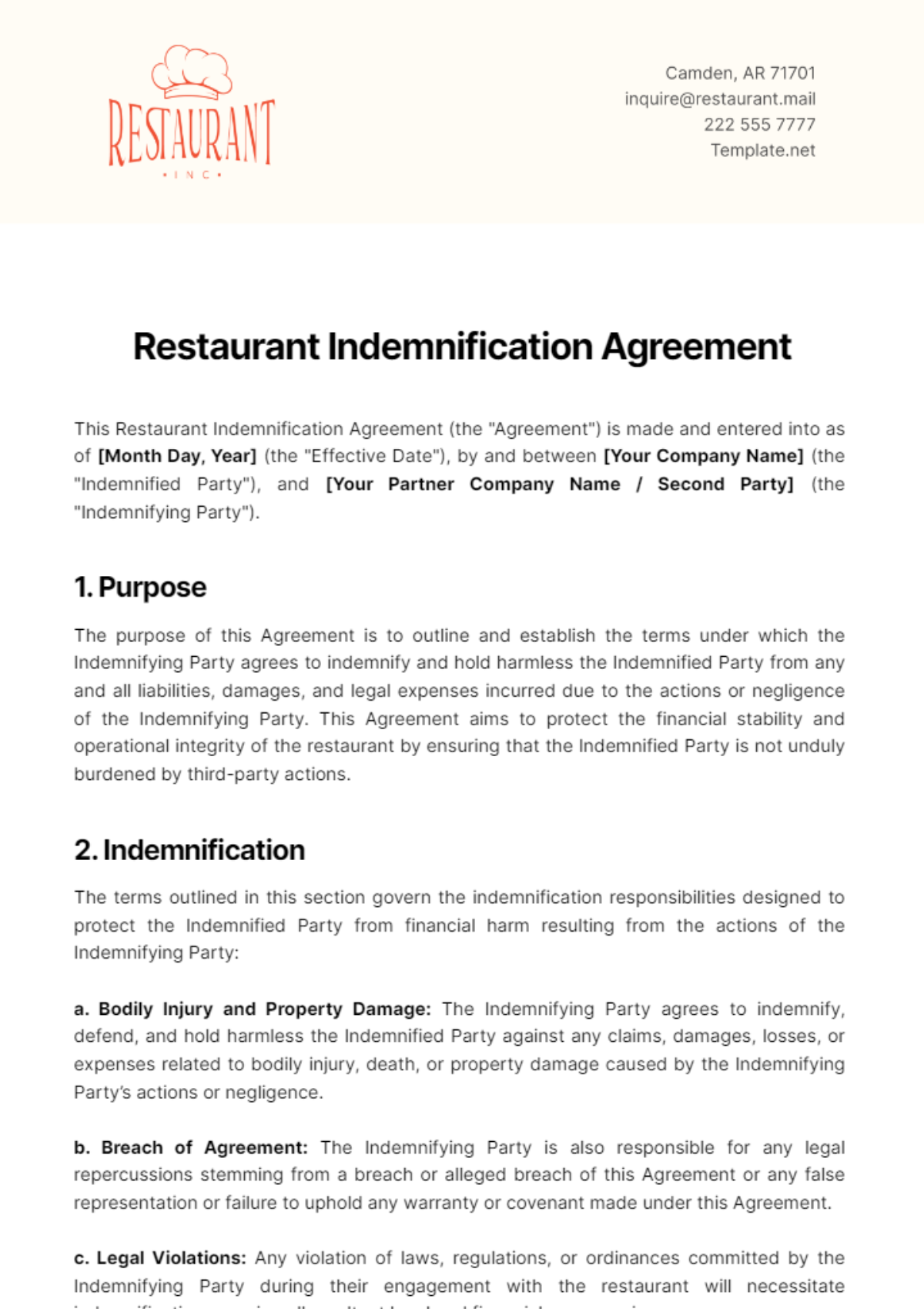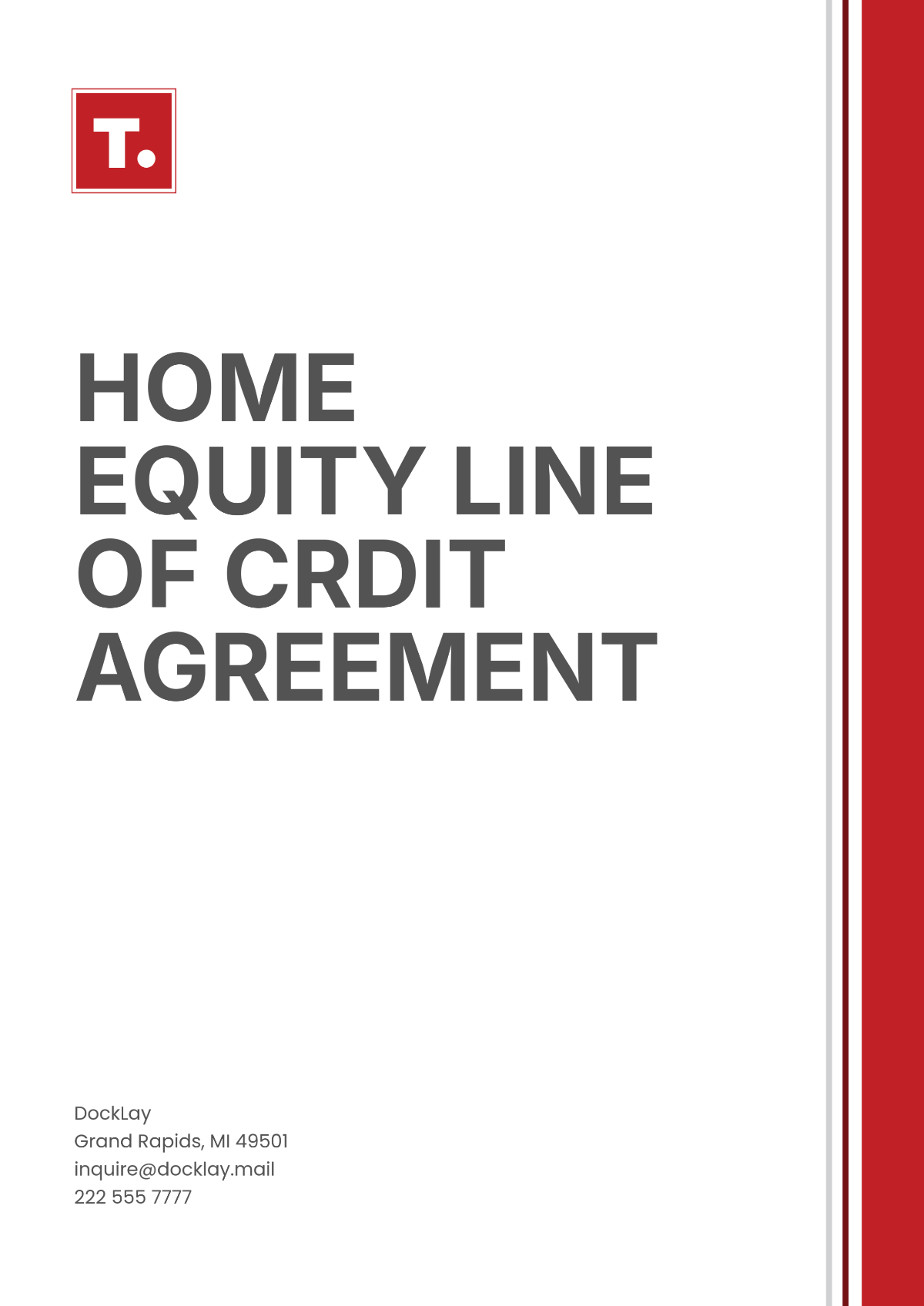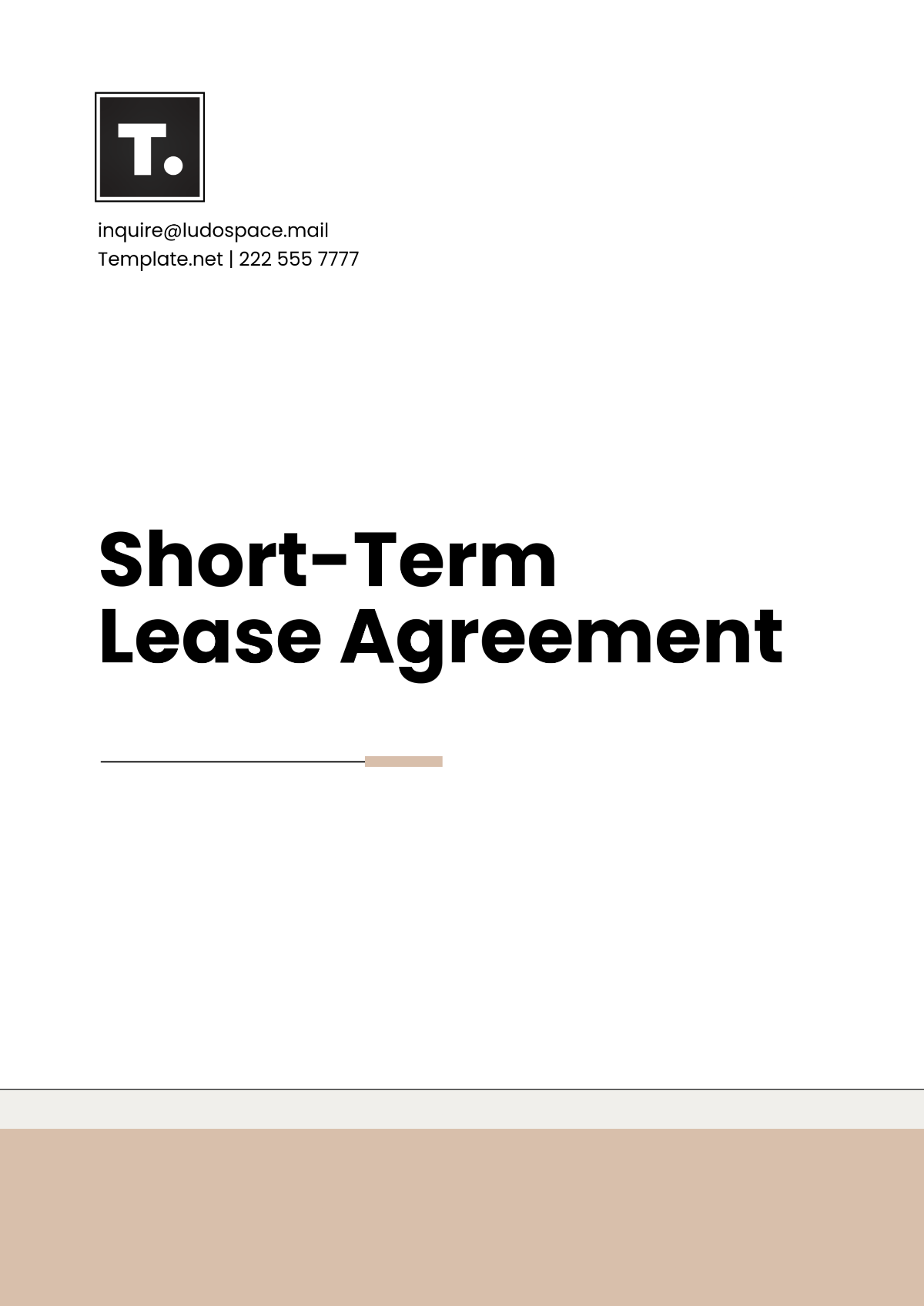Lease Addendum Rules
1. Introduction
A supplementary document attached to a lease agreement serves as an essential addendum that outlines additional terms and conditions specific to the lease. It provides clarity on aspects not covered in the main lease document, ensuring that both parties have a clear understanding of their responsibilities and expectations. This document helps to address unique situations or modifications that are necessary to tailor the lease to the specific needs of the property or the tenants.
2. Purpose of the Supplementary Document
The supplementary document is intended to:
Address any additional terms not covered in the main lease agreement.
Clarify expectations and responsibilities that may arise during the lease term.
Provide detailed instructions on specific rules and modifications applicable to the property.
3. Structure of the Supplementary Document
3.1 Additional Terms and Conditions
This section outlines any extra terms agreed upon by both parties. These may include:
Special Payment Terms: Any modifications to the standard rent payment schedule, including adjustments, additional fees, or payment methods.
Alterations and Improvements: Conditions under which tenants can make changes or improvements to the property, including necessary approvals and restoration requirements.
Maintenance Responsibilities: Specific responsibilities for maintenance or repairs not covered in the main lease, including routine upkeep or special care instructions.
3.2 Property-Specific Rules
This section details rules and regulations specific to the property that go beyond standard lease terms:
Usage Restrictions: Guidelines on the use of the property, such as prohibitions on certain activities or restrictions on the number of occupants.
Common Areas: Rules for the use of shared or common areas within a multi-unit property, including cleaning responsibilities and access limitations.
Noise and Conduct: Expectations for noise levels and conduct within the property to ensure a peaceful living environment for all tenants.
3.3 Modifications and Customizations
This section addresses any modifications to the standard lease agreement:
Lease Duration: Changes to the length of the lease term or renewal options.
Rent Adjustments: Details on any adjustments to the rent amount, including periodic increases or decreases based on specific conditions.
Security Deposit: Any additional requirements or conditions related to the security deposit, including its use and return process.
3.4 Compliance and Enforcement
This section outlines how the supplementary document will be enforced and what happens if its terms are violated:
Enforcement Mechanisms: Procedures for ensuring compliance with the additional terms and rules.
Penalties for Non-Compliance: Possible penalties or consequences for failing to adhere to the supplementary terms.
Dispute Resolution: Methods for resolving disputes arising from the supplementary document, including mediation or arbitration processes.
4. Emergency Procedures and Contact Information
This section provides guidelines and contact details for handling emergencies or urgent situations related to the property:
4.1 Emergency Procedures
This subsection outlines the steps tenants should take in various emergencies:
Fire Emergencies: Instructions on what to do in case of a fire, including evacuation routes, emergency contacts, and fire alarm procedures.
Plumbing Issues: Procedures for dealing with plumbing emergencies, such as leaks or blockages, including how to shut off the water supply and when to contact a plumber.
Electrical Failures: Guidelines for handling electrical problems, such as power outages or exposed wires, and safety measures to take before contacting an electrician.
4.2 Emergency Contact Information
This subsection provides essential contact details for emergencies:
Landlord or Property Manager: Name, phone number, and email address of the landlord or property manager for urgent issues or after-hours emergencies.
Maintenance Services: Contact information for emergency maintenance services, including 24/7 repair services for plumbing, electrical, and HVAC issues.
Local Emergency Services: Phone numbers for local emergency services, including fire department, police, and medical services, in case tenants need immediate assistance.
4.3 Reporting Emergencies
This subsection details how tenants should report emergencies:
Immediate Notification: How to inform the landlord or property manager about an emergency, including preferred communication methods (phone, text, email).
Documentation: Steps for documenting the emergency, such as taking photos or noting damages, which may be required for insurance claims or repair requests.
Follow-Up Actions: Procedures for following up after an emergency has been addressed, including any necessary repairs or inspections to ensure the property is safe and habitable.
5. Conclusion
The supplementary document is a critical component of the lease agreement, providing detailed guidance on specific terms and conditions not covered in the main lease. By clearly outlining additional rules, responsibilities, and modifications, it ensures that both parties have a mutual understanding of their obligations and helps to prevent conflicts during the lease term.

